It was clear from a young age that she was destined for the stage. By the time she was 13, Lila Lee had already become a seasoned veteran performer known for her wholesome on-screen demure. She was one of the most celebrated actresses of all time before—tragically—her career trajectory shifted for the worst. In her later life, a series of dark rumors destroyed her future in cinema.
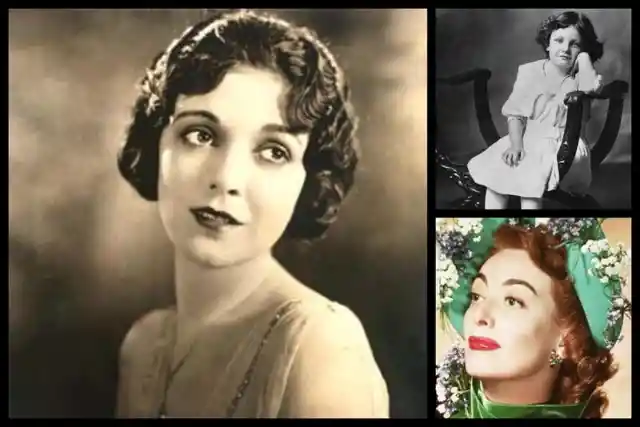
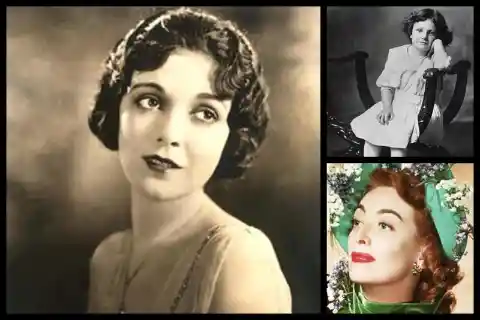
Her story is an extraordinary one. Lee was the subject of some of the worst controversies of her time—including a string of strange suicides, divorce, and abortion. If you are a fan or just curious about what transpired during her time in the limelight and subsequent downfall, stick around.
Let's look at some interesting facts about Lila Lee!
Lila's Unique Birth Name
Lila was the second child of German immigrants Augusta Fredericka Appel and Carl Appel. She was born on July 25, 1905, in Union Hill, New Jersey, and was given the name Augusta Wilhelmena Fredericka Appel (the longer, the better) at birth.
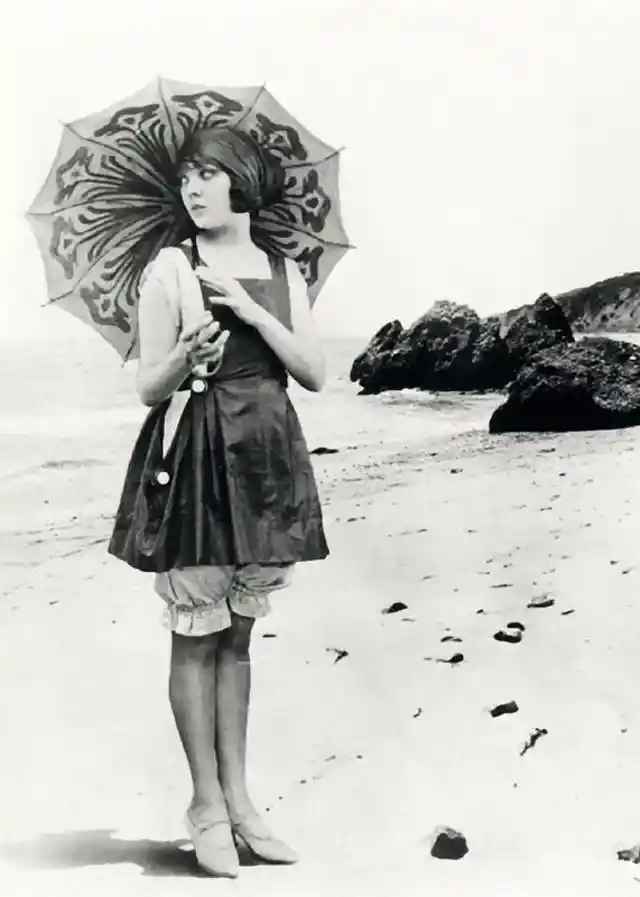
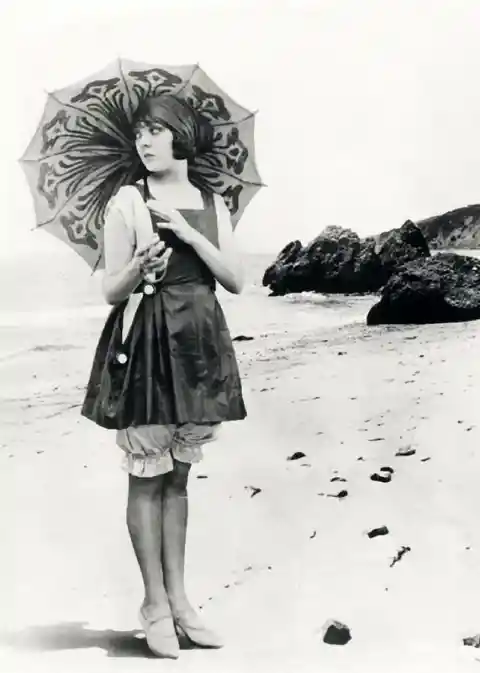
Lila grew up to be an enthusiastic and attention-seeking child. She loves to entertain others too, which is why her parents thought she'd be a star one day. When they relocated the family to New York City, they gave their daughter the name Lila Lee because, while her birth name had significant value for them both, it was unlikely to be remembered by an audience.
Born to be a Star
Lila's parents, Augusta and Carl, knew not long after their daughter was born that she was destined to be a star. This assessment may have been purely based on her looks, given that she was probably too young to show any concrete acting talent.
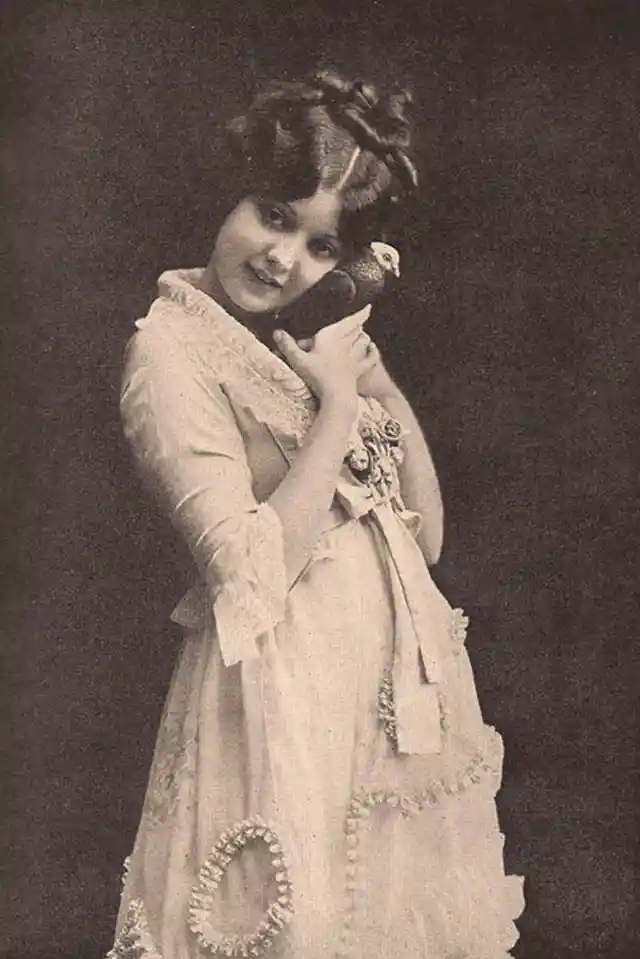
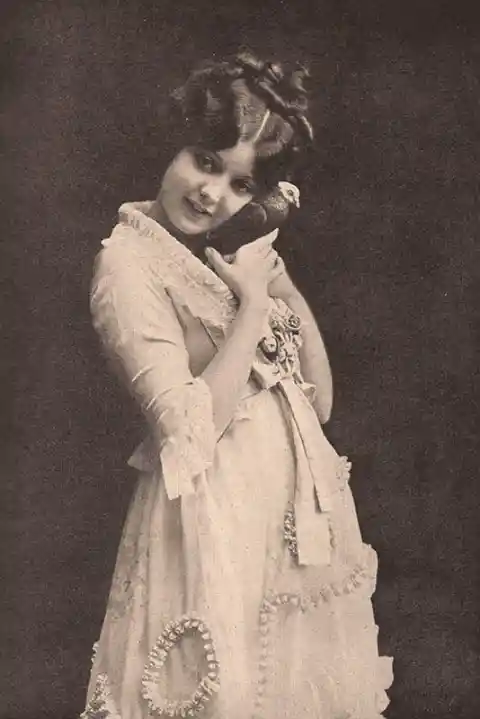
They didn’t have any contacts in the entertainment world, and yet Lila entered the spotlight. She had, however, been dogged by scandalous romps even by then. Her parents allegedly coerced Lila into attending an audition for Gus Edwards' kid's revue of vaudeville acts. However, some reports contended that something far more sinister was taking place.
A Sinister Origin
As we just mentioned, rumors had been circulating about Lila's arrival on the stage. It was said that Gus Edwards himself lured Lila to his theater while she was playing on the streets of New York with the other children of her age from around the area.
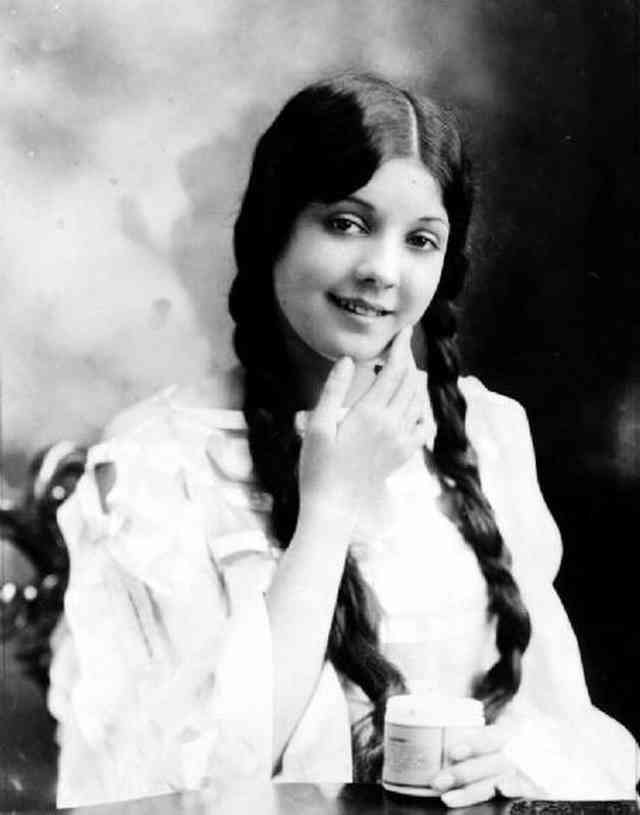
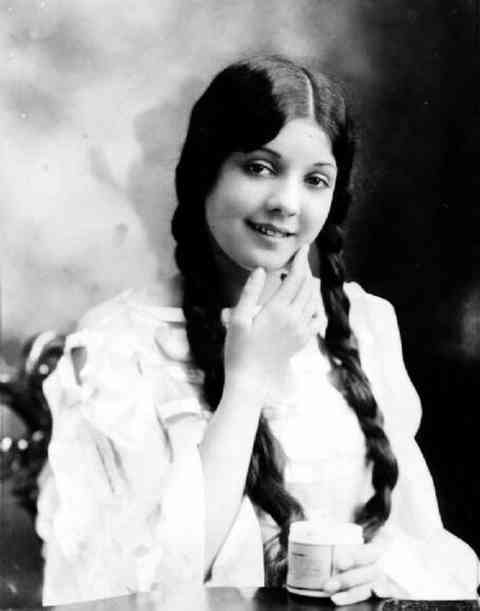
Not long after, Lila Lee became well-known in the theater scene. Due to her busy schedule, her parents engaged several private tutors to help with her schoolwork. However, they left the rest of her education to Gus Edwards and his wife, Lillian, who soon persuaded them to sign her over so they could make themselves Lila's legal guardians.
Lila's Nickname
Although Lila began performing as a young child, her stage presence was remarkable. Her co-stars in the vaudeville production developed a strong bond with their younger peer. They dubbed Lila "Cuddles," a nickname that would remain with her for the remainder of her career.
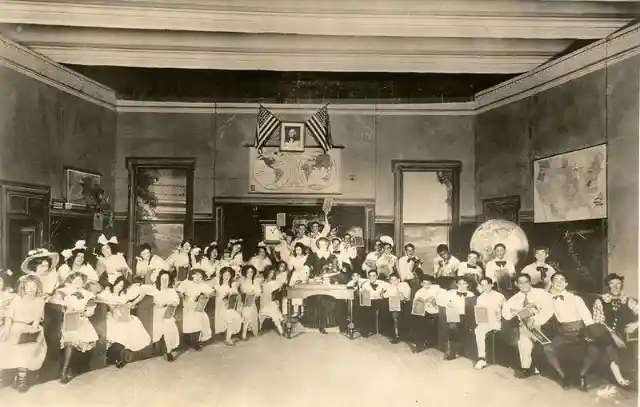
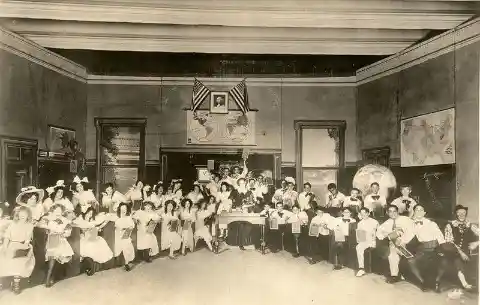
But as cheerful as she could be, Lila realized that her time working as an actress wouldn’t always be butterflies and rainbows. Not only was she a superstar doing almost anything she wanted to do, but she had become the subject of several scandals. We can't imagine how she handled everything as a young child, the pressures of being in the spotlight, and her private life.
Lessons She Learned The Hard Way
Lila swept through the industry like a storm through a field of feathers. She found her fame in almost an instant. However, Lila learned that there are always two sides to fame. And at age 15, she got a taste of the entertainment industry's dark side.
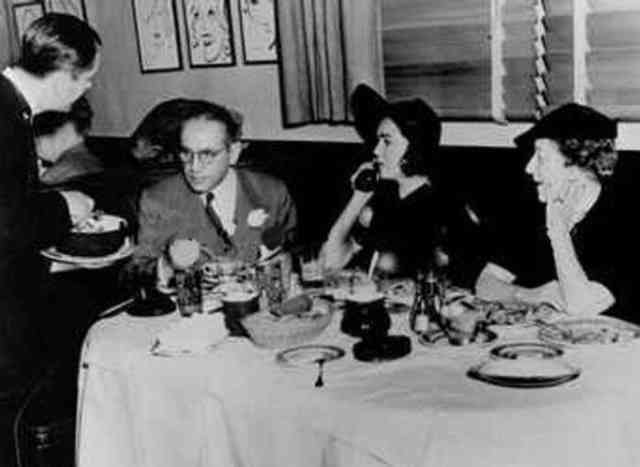
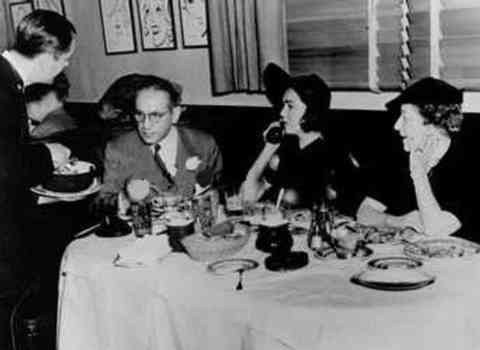
During her first ten years as a performer, Lillian, Gus Edward’s wife, and Lila's legal guardian had complete control over her finances and possessions. In 1920, Lila filed for an injunction to stop Lillian from wasting her money. She alleged that her guardian had taken control of her "money, automobiles, furniture, and wearing apparel."
Lila’s Film Debut
Lila's first film, The Cruise of the Make-Believes, garnered a positive reaction from the critics. Even the critics heaped praise on Lila for her bright demeanor and commitment to her sympathetic character. Lila was only 13 years old when she took on the role.
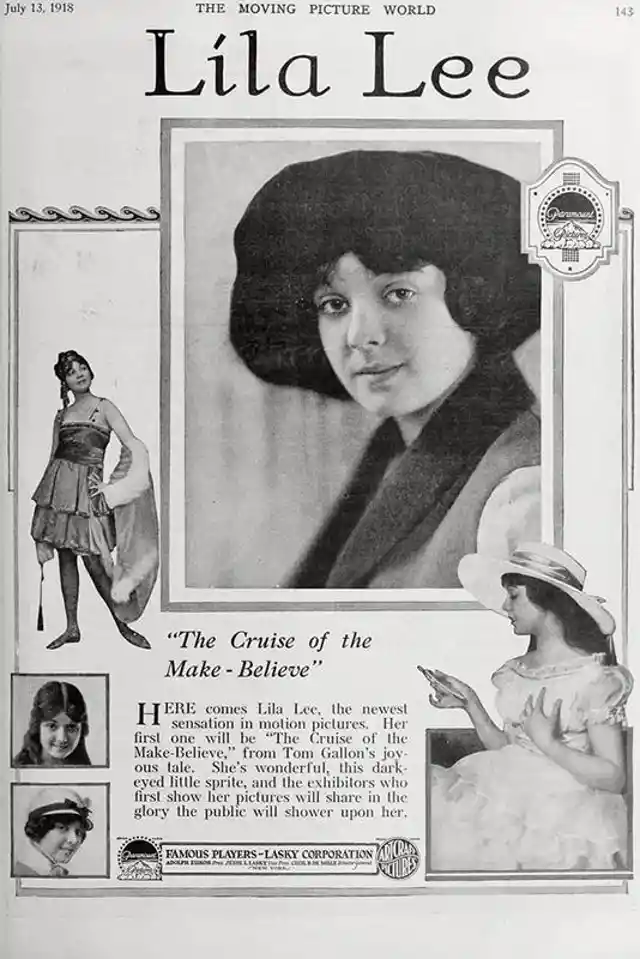
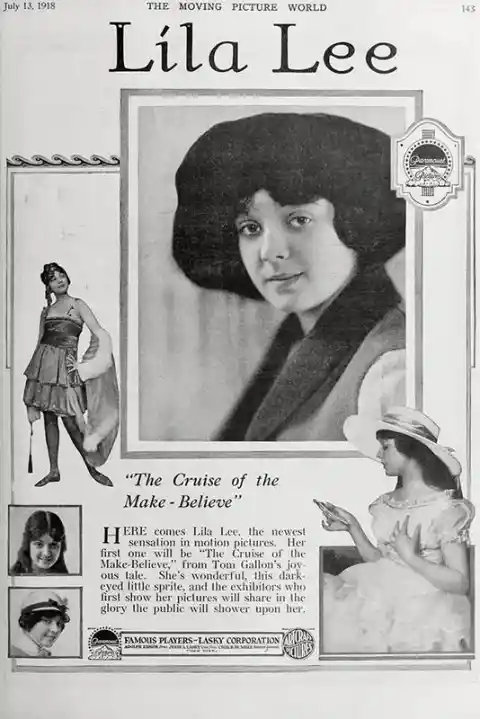
Because of what happened between Lila and Lillian, Lila believed her days of vaudeville were behind her. She was moving on to better and more important things and putting Lillian's betrayal firmly in the past, leaving her "unloved guardian."
Lila's Journey Towards Hollywood
Lila believed her entry to Hollywood was one of her best decisions. She quickly rose to the status of leading lady. With the experience she gained from her time with the vaudevilles, she was given leading roles in 20 films between 1920 and 1922.
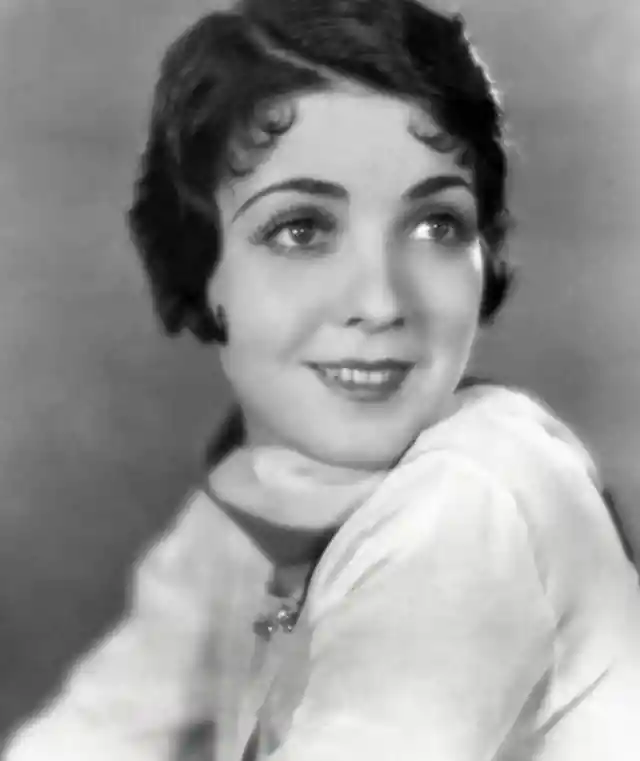
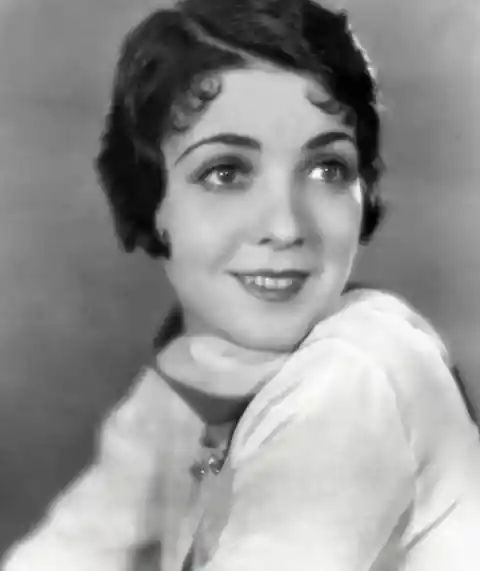
She was a walking diamond. Her contemporaries were some of the biggest stars in Hollywood since she was a leading lady. Lila met a lot of seasoned actors and actresses and received a lot of advice from them. Naturally, Lila took in all the advice her seniors gave her, but there was one leading man she couldn't bear.
The Sole Culprit: Garlic
If you don't know Rudolph Valentino, he was one of Hollywood’s earliest heartthrobs. His dreamy eyes had everyone spellbound; after all, who wouldn't fall for someone with such lovely eyes? Admit it—sometimes, we are more swayed by a person's appearance than their character.
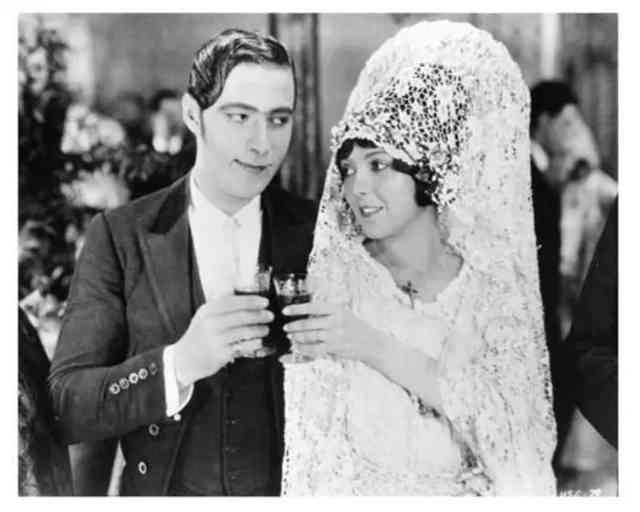
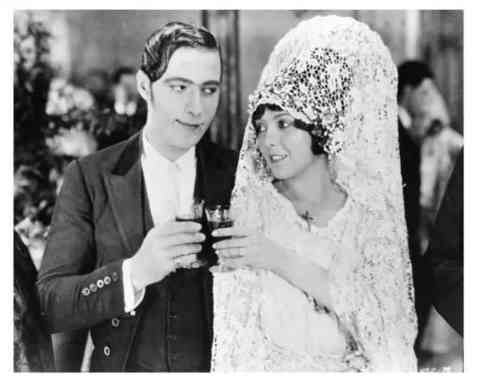
Although many people admired him, Lila said otherwise. There are scenes in the movie Blood and Sand, starring Lila and Rudolph, in which they had to kiss—but that wasn't the issue in and of itself. Valentino’s love for classic Italian dishes that were liberally seasoned with—you guessed it—garlic. For this reason, Lila insisted that their kissing scene be recorded first thing in the morning—before he had time to eat.
Rumors About Lila and Charlie Chaplin's Affairs
As it turned out, Lila's choice of partners was among the most controversial and infamous aspects of her life. During Lila's career, other leading men caught her attention (obviously, the garlic-loving Valentino was not one of them).
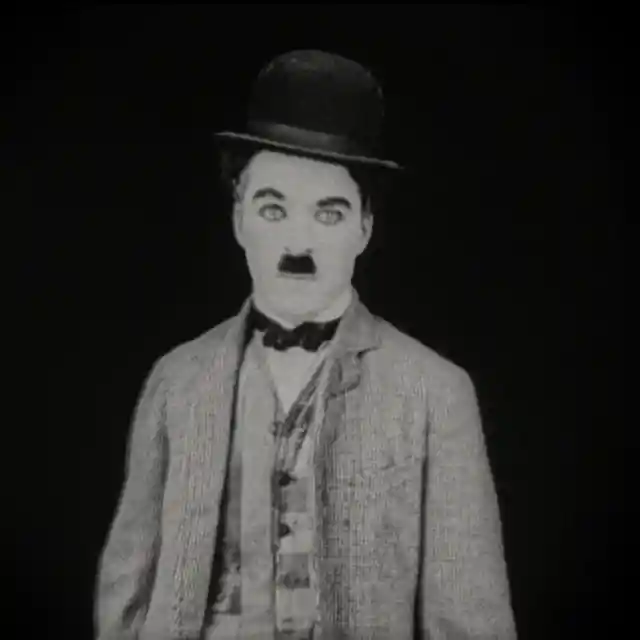
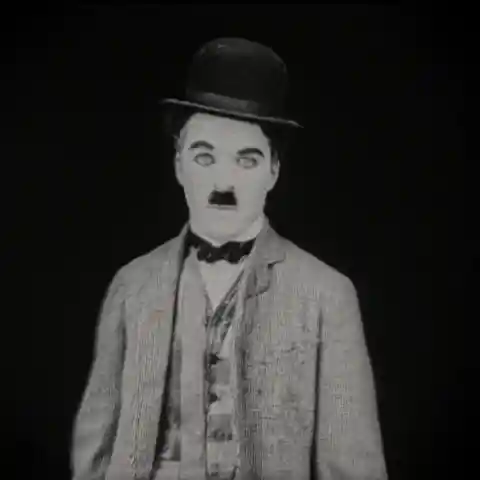
One of the most heated was her alleged romance with John Gilbert, better known as Charlie Chaplin, the legendary comedian. Everyone was taken aback because, in addition to Mr. Gilbert being married, his wife was also expecting at the time.
The Unusual Union
If you think having rumors circulating about you having an affair with a married man was bad, wait until you hear this next one. In 1922, Lila began an affair with James Kirkwood Sr., a man 30 years her senior. And within a year, they had already announced their plans to get married.
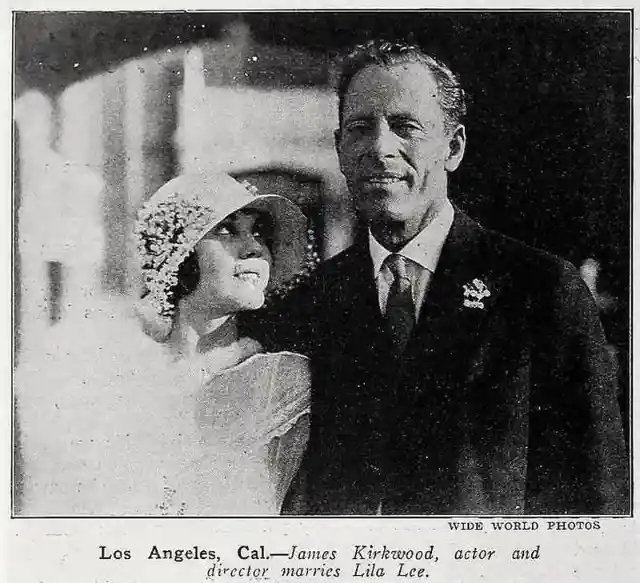
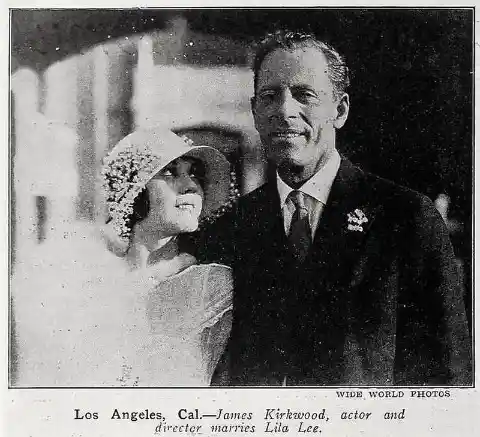
Of course, many people were shocked by their announcement. Some even raised their eyebrows at the news. Who wouldn't? Of course, the age difference was a concern, but they had only recently begun dating. In Lila Lee's autobiography, she explained the situation and claimed that Mr. Kirkwood Sr. had blackmailed her into getting married.
Her Mom's Request
The most affected by the rumor of Lila's marriage with Kirkwood Sr. was her mom. Lila's mother was concerned when she learned of the rushed wedding plans. She was worried that her daughter was rushing into a marriage with a man 30 years her senior, but she also had a gut feeling that he wouldn't make a decent husband.
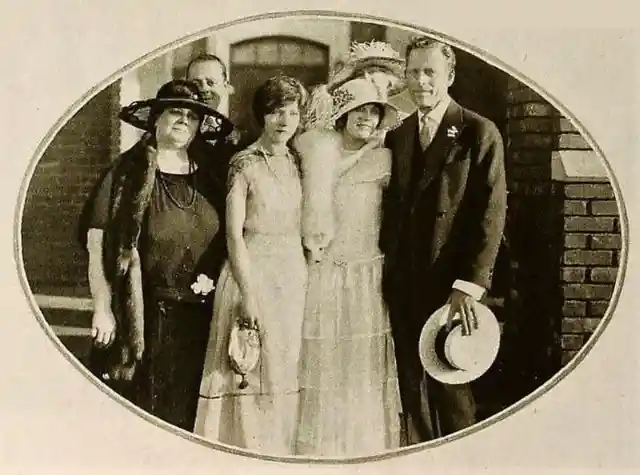
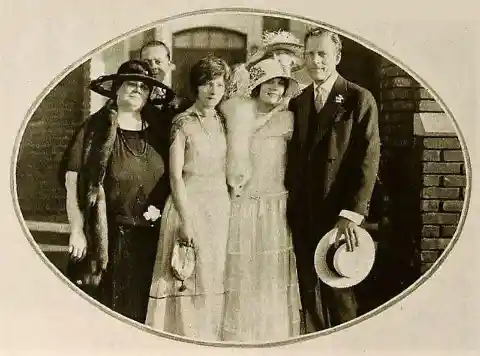
Aside from blackmailing Lila, Kirkwood Sr. was a complex character with a slew of rumors behind him. Kirkwood had been previously married and forced his ex-wife into having an abortion. Of course, Lila could not publicly admit that she was the victim of blackmail.
The Secret
You may wonder what secret Kirkwood Sr. held over Lila to make her agree to the marriage. She could have called the cops and told them she was being blackmailed. She was a superstar, after all. But due to the more conservative sentiments of the time, she couldn’t do it.
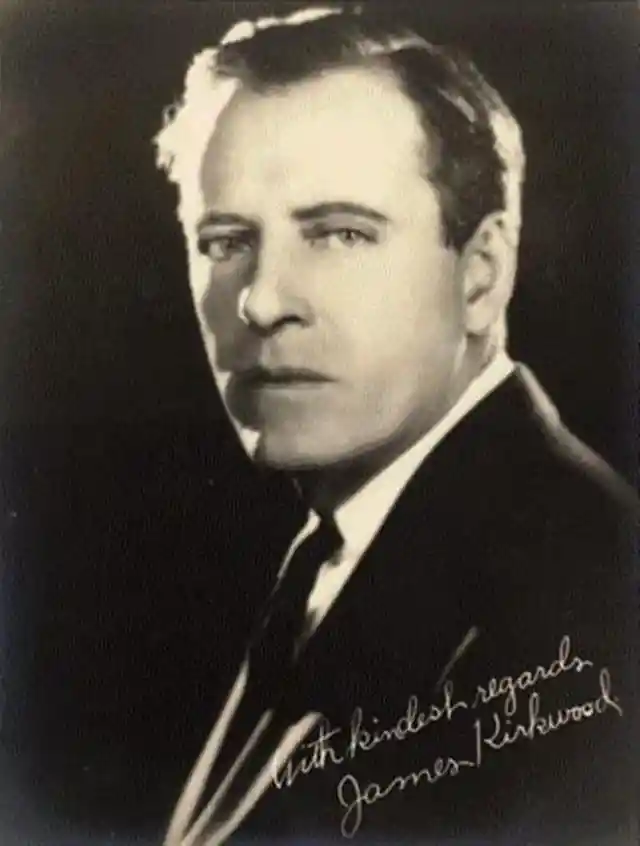
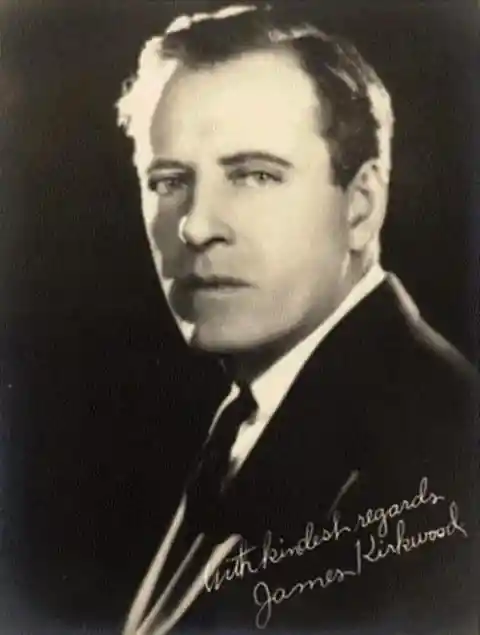
It was revealed that while they were working on Ebb Tide, Lila lost her virginity to Kirkwood Sr. and became pregnant. And because Lila was young and afraid of losing her career, Kirkwood convinced her to have an abortion, which he later used to blackmail Lila.
Lila's Unfaithfulness
The newlyweds looked like a loving pair in public, and people were fooled. They convinced cinema fans that they really were the ideal couple when they co-starred in the 1923 movie Love's Whirlpool. For a time, they were Hollywood’s favorite lovebirds.
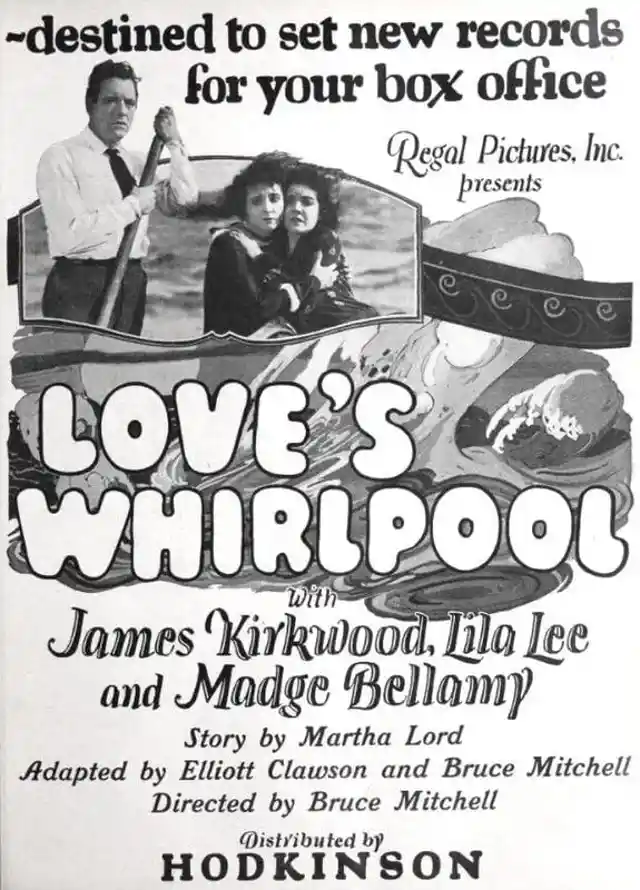
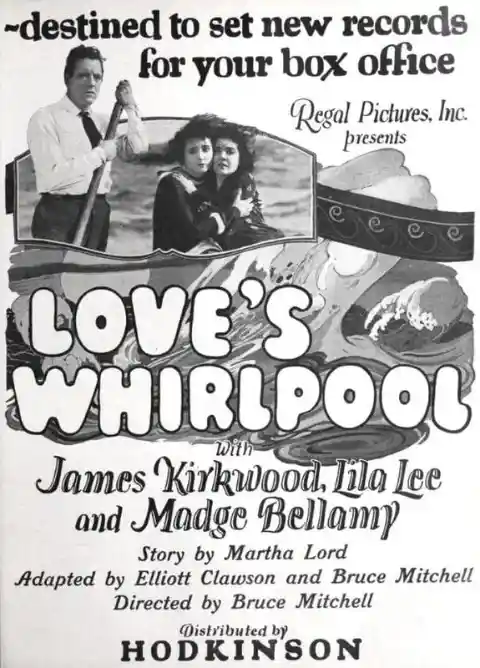
Because their relationship was just merely a product of blackmail and being starved of love, Lila began an affair with Hollywood writer, producer, and director, John Farrow. Lila enjoyed her newfound romance while her husband was abroad working in London. After giving it some thought, she wrote a letter requesting a divorce.
A Shocking Condition
The relationship wasn't filled with affection, and Lila was convinced her husband would not let her off so easily. She decided to send Kirkwood Sr. a divorce paper and waited anxiously on his reply. She thought she would have to go through the eye of a needle—but to her surprise, Kirkwood Sr. signed the documents immediately.
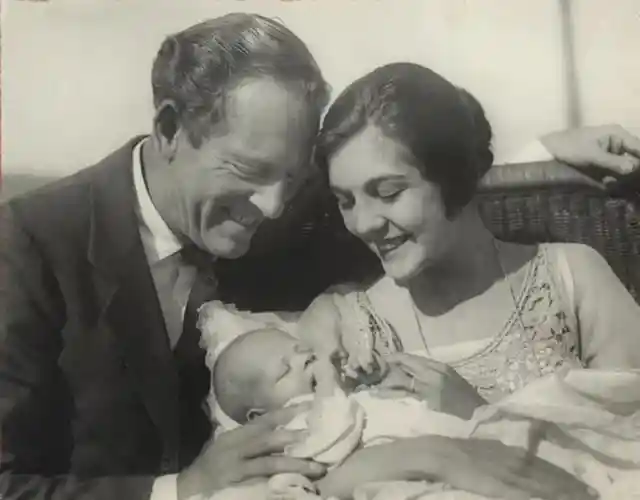
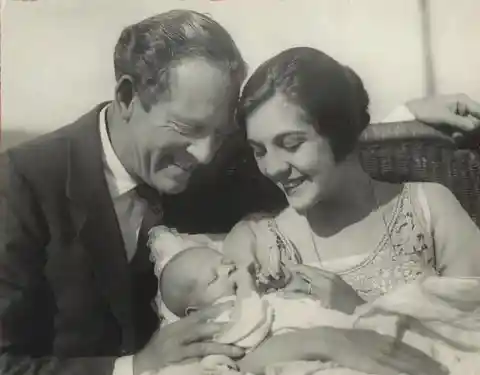
However, his compliance came with a catch. Kirkwood Sr. asked for something in return. What was it, you may be asking? Well, he wanted a baby. The sad part was that he wasn't all that keen to give Lila custody—he was ready to fight her.
A Horrific Threat
By this point, we think you might have figured out how much of a menace Kirkwood Sr. was. Can a person really be that cartoonishly evil? It seems so. Obviously, Lila wouldn’t bear being denied access to her son. Kirkwood Sr. had sent her a blow that would make Lila rethink her decision.
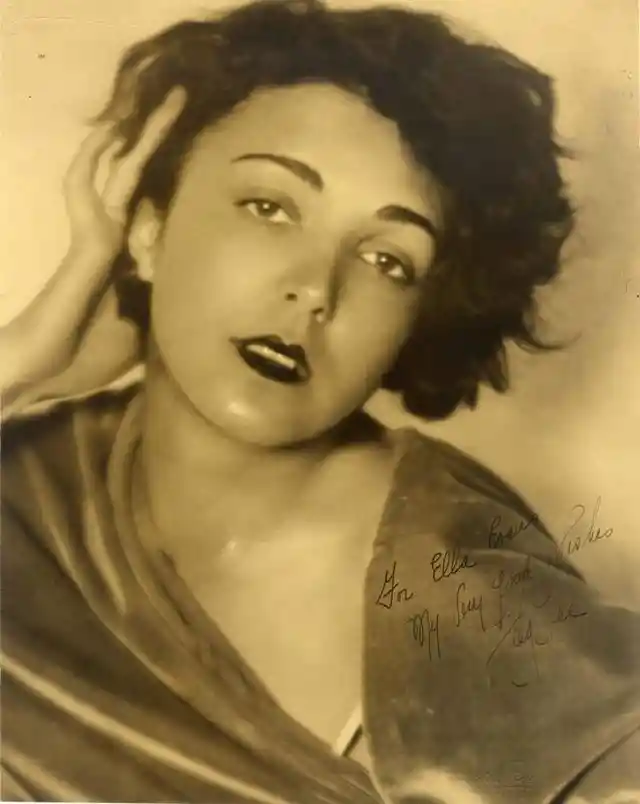
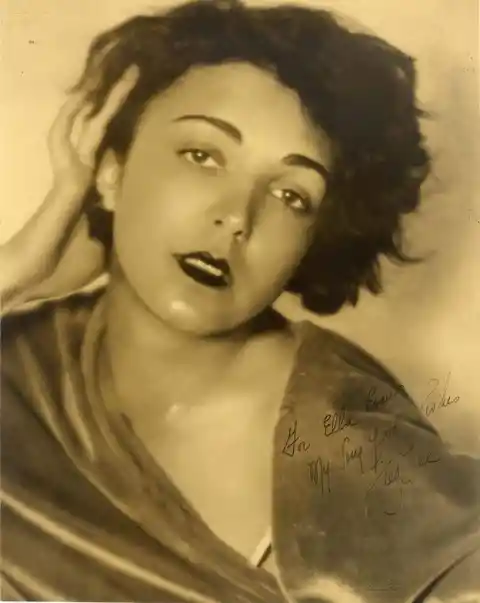
But his final threat was inhuman. He promised to kill her, her new lover, their son, and even himself if Lila wouldn’t stop demanding full custody. Of course, Lila gave in to his demands. She didn't want to endanger her son's life. She may have managed to escape the monster, but she also lost her son in the process.
Recovering From All the Things that Happened to Her
We already know how much Lila suffered since she became part of the entertainment industry. And her last blow since ending her marriage was losing her son. So to tend to her emotional instability, she decided to stay in a sanatorium in Arizona.
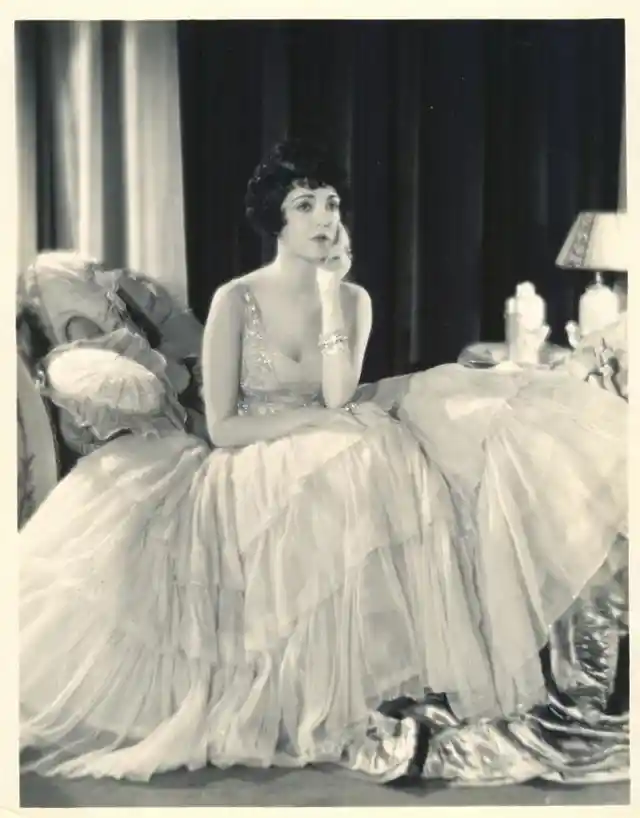
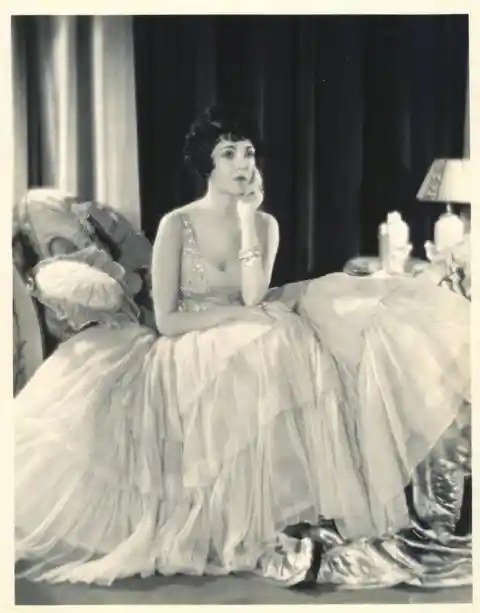
Her decision, though it was for her own good, made the headlines. The official story was that she was being treated for tuberculosis, but some believed something more sinister was going on. One rumor had it that she wasn’t recovering from tuberculosis but from substance addiction. Sadly, this rumor damaged her reputation for the remainder of her professional life.
Another Mistake
She had no regrets about her decision to leave Kirkwood Sr., but leaving her son to him was a price she hadn’t been ready to pay. However, Lila was truly in love with her new partner, John Farrow, and she said yes to him without hesitation when Farrow popped the question.
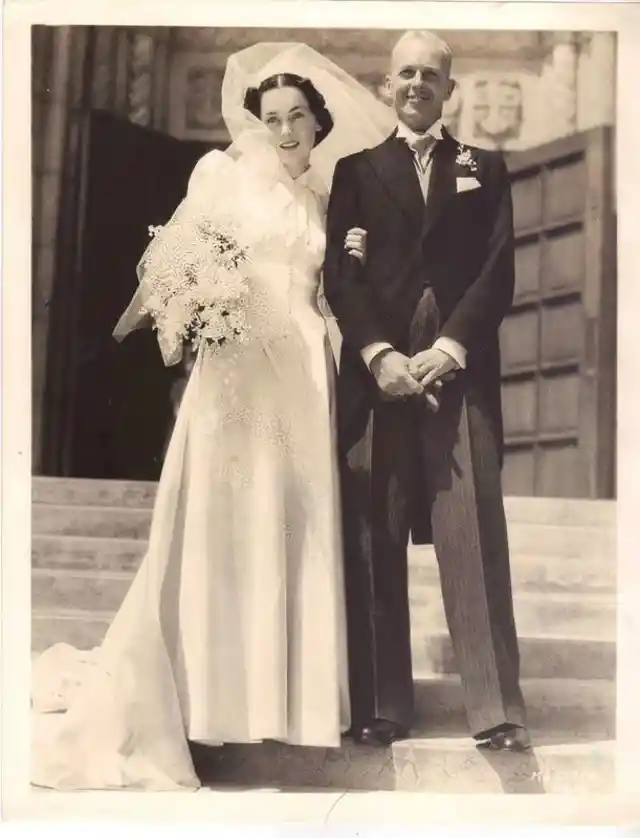
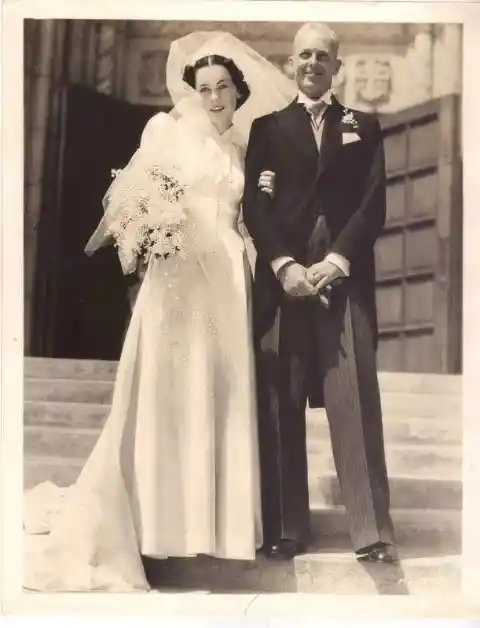
Unfortunately, the two did not live happily ever after. Once again, it seemed that she had fallen in love with the wrong man. Lila found out that Farrow was being unfaithful to her. He had been having an affair. Naturally, Lila decided to call off the wedding and give the ring back. News of Farrow's marriage to Maureen O'Sullivan broke the following year, proving that he was never truly in love with Lila.
Third Wedding
Because of what happened with her first and second marriages with the Hollywood elites, Lila decided that it was time to find someone who wasn't part of the entertainment industry. She wanted a simpler life, away from all the drama, cameras, glamor, and rumors.
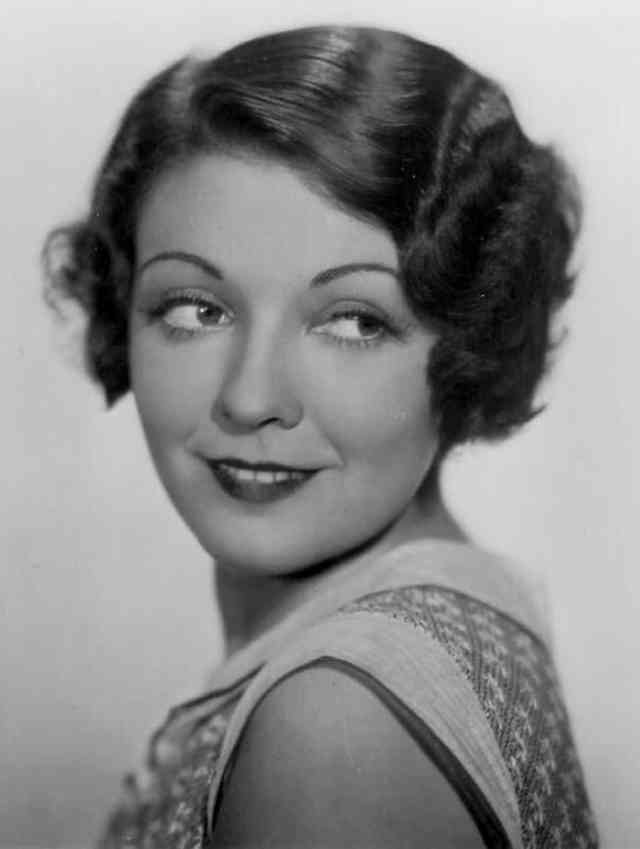
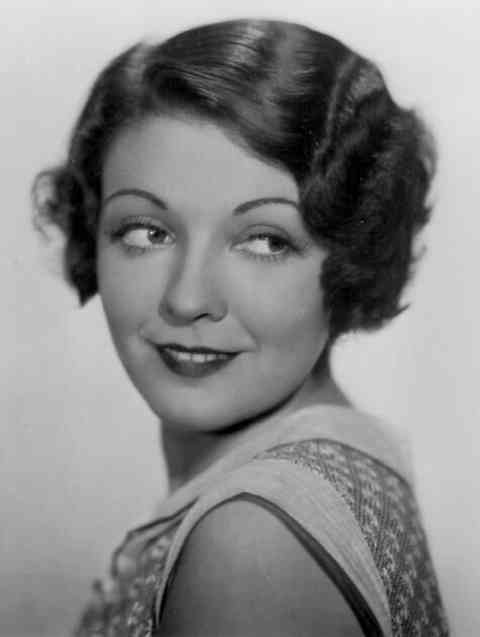
Seeking such a marriage, Lila married Jack R. Peine, a broker. Away from all the fuss in the entertainment industry, Lila and Jack's relationship wasn't exciting compared to Lila's previous relationship, but it somehow made her feel content.
The Downfall
Compared to Lila's former husband, Jack Peine seemed nice. Sadly, not long after their vows were made to one another, he started to reveal his true personality. Peine flew to Mexico alone for what was supposed to be their honeymoon, abandoning his new wife and their wedding festivities.
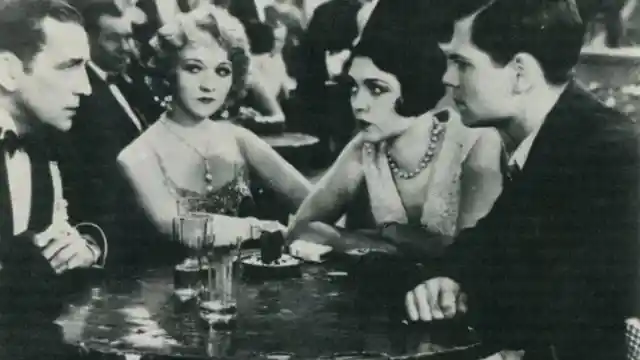
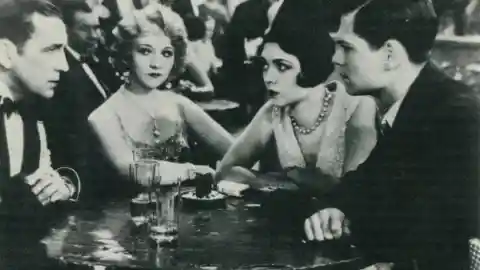
We can't imagine how Lila felt, considering that she thought she had a pure and loving husband. Lila spent a month looking for a house that the two of them could share instead of simply lingering at home. But even after he returned, she continued to harbor suspicions about her spouse.
The Unfolding of Peine's True Personality
Lila forgave Peine for what he did to her, leaving her all alone during their honeymoon. But, like most of us, she didn't forget what he did. The sad part is Peine didn't show any remorse for his abandonment. Over time, his true colors unfolded. He wasn't only selfish but also had drinking and gambling problems as well.
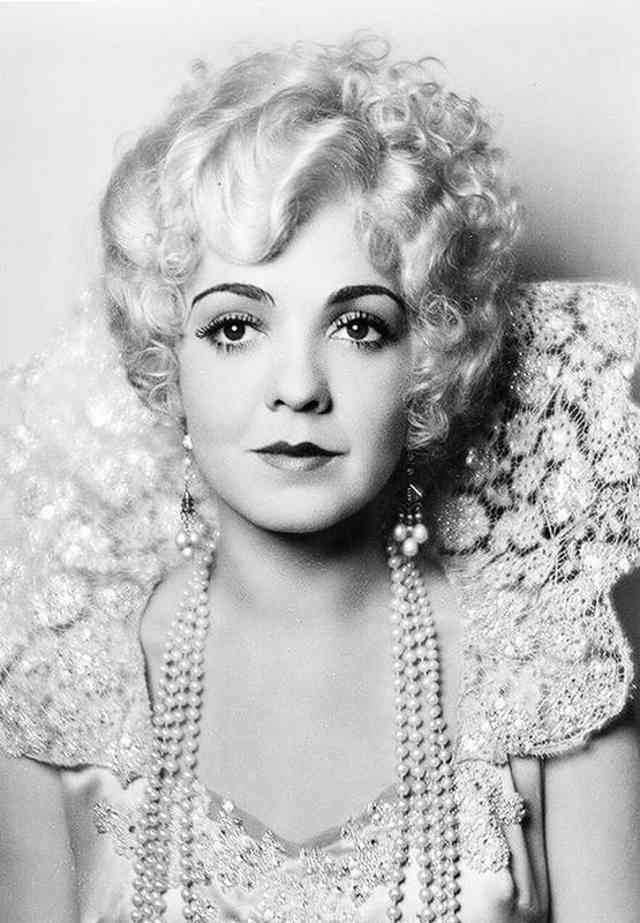
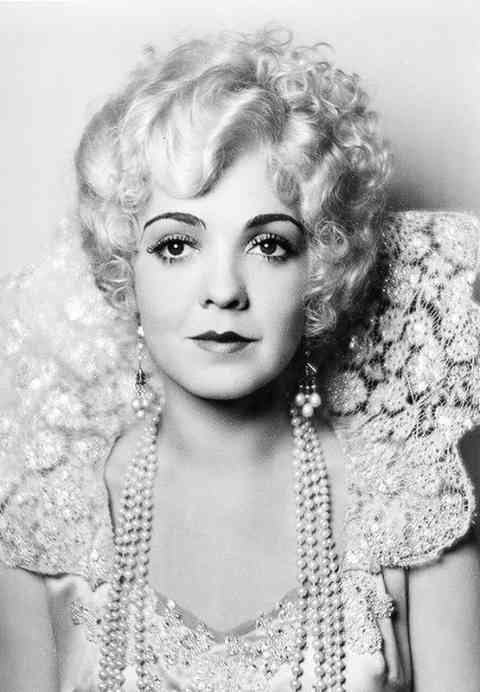
Not long after—seven months after their wedding, to be exact—Lila filed for divorce. She wanted to escape the situation, so she accepted an invitation from her friends to stay at their home. However, bad things always followed Lila wherever she went. What she thought was a peaceful vacation turned into a horror show.
Moving in With the Morrises
The friend who helped Lila and gave her home was novelist Gouverneur Morris and his wife, Ruth. With their help, Lila managed to move on from her divorce quickly. Also, her son from Kirkwood Sr. was there with her as well.
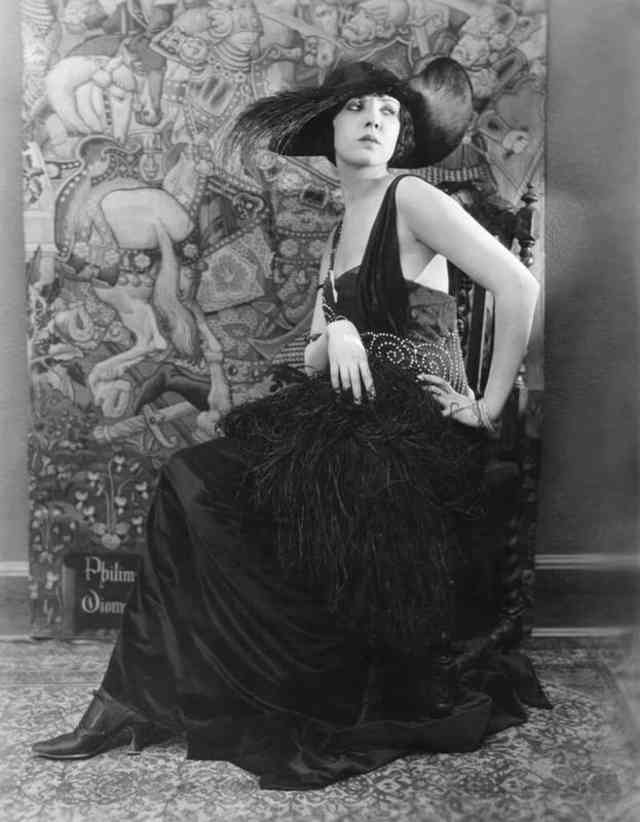
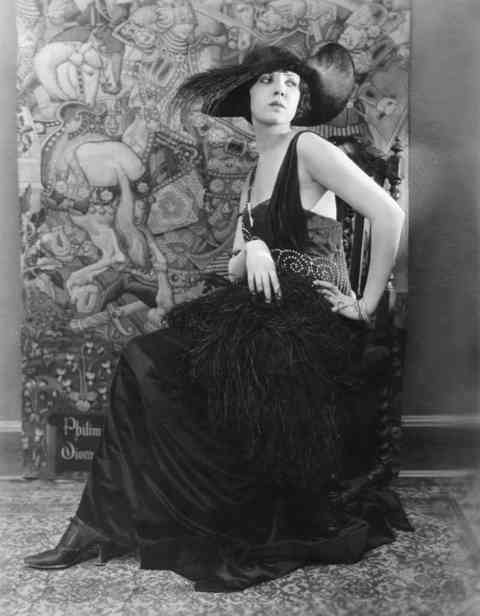
She got back into dating and met car salesman Russell Reid. Predictably, her relationship with this new man moved quickly, as with her past relationships. At this point, Lila would have had a lot of experience with bad men. Did she finally develop a nose for rotten hearts?
A Shocking Mystery
Unlike Lila's past relationship, which ended because of cheating and addiction, her relationship with Reid ended because of his untimely death. Lila's son, James Jr., found his body swinging in a hammock in the backyard of Morris's house.
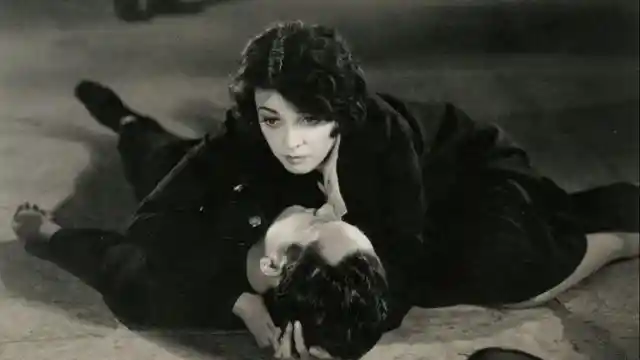
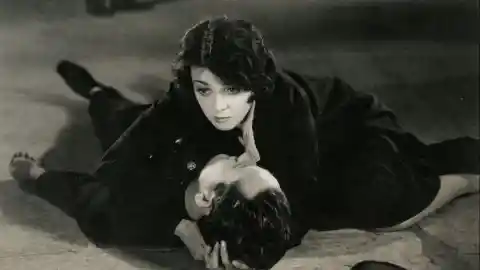
They called the police and were shocked when they arrived on the scene. Reid had a. 32-caliber bullet lodged in his head. However, the bullet and shell casing was not seen anywhere in the area. The lack of detail after his death left Lila, her son, and the Morrises completely in the dark.
What Were They Hiding?
Reid’s mysterious death became more intriguing as time went by. Finally, two or three days after finding Reid's body, Lila announced that she had heard from Mrs. Morris that he had left a suicide note. Mrs. Morris claimed she found it in her jewelry box after the investigation.
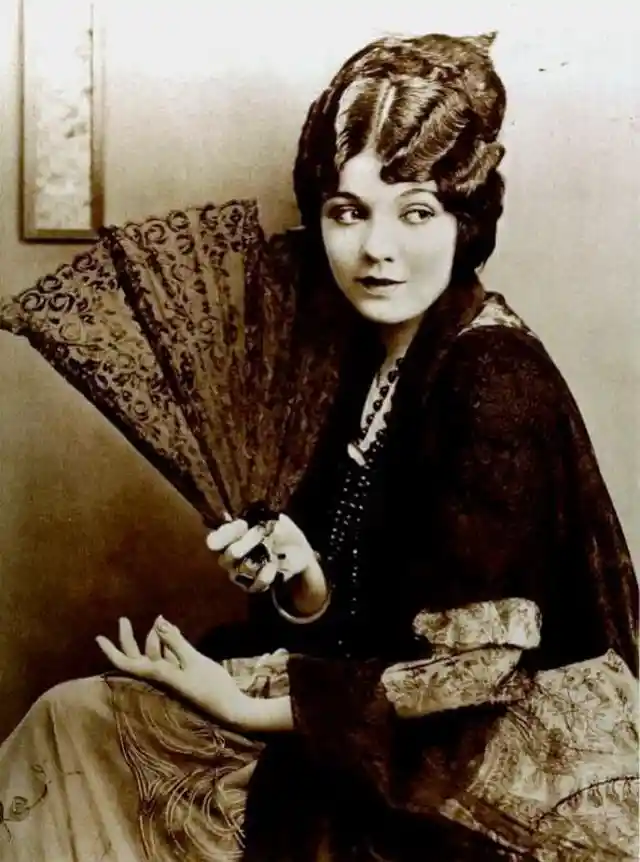
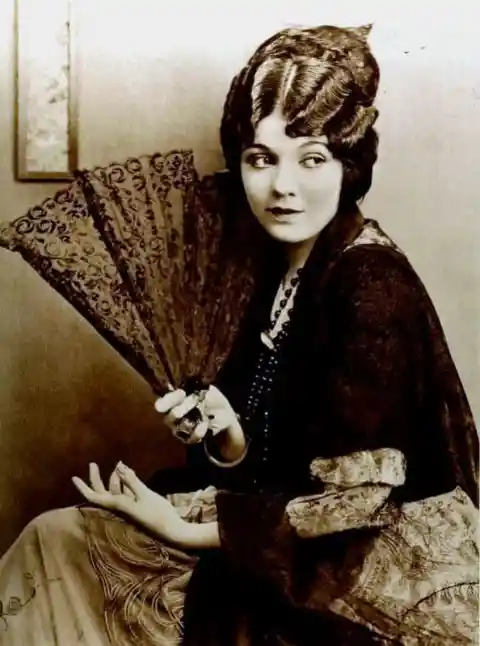
Naturally, the detectives wanted to see the suicide note because it would provide an answer. But when they asked Mrs. Morris about it, she claimed not to have it. Lila, who also claimed to have known about it, claimed not to have seen the message herself; instead, she only learned about it from Mrs. Morris, who had burned it in the ashtray earlier.
Lila's Silence
With the suicide note’s disappearance, suspicion grew heavily towards Lila and the Morrises. Gouverneur Morris revealed that the message had been discovered after the investigators determined that Reid's death was a suicide.
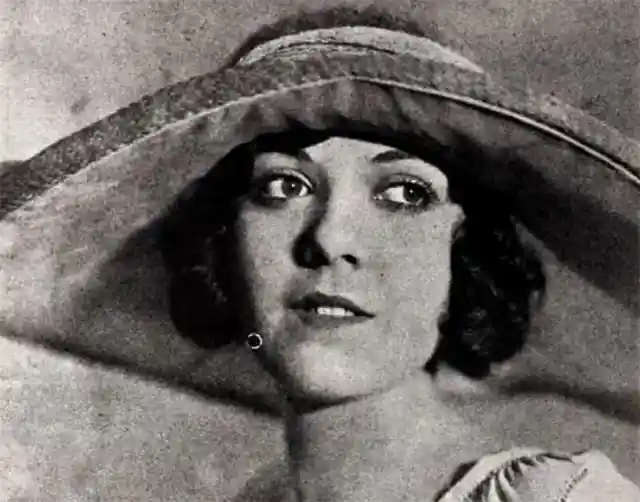
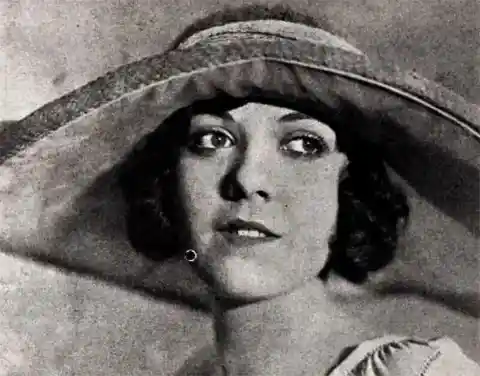
However, the investigators found inconsistencies between their statements. The night before they discovered Reid's body, the Morrises and Lila claimed that there had been no fighting in the house. However, their next-door neighbors had heard a loud gunshot at around 9:00 p.m.
The Unexpected Twists
One question might have come to mind—could Lila have committed murder? Upon hearing that the neighbor had heard a gunshot, the investigators reopened the case. Their suspicion towards Lila Lee grew because of Russell Reid's mother. She claimed that she had received phone calls from an anonymous woman asking about her son's whereabouts.
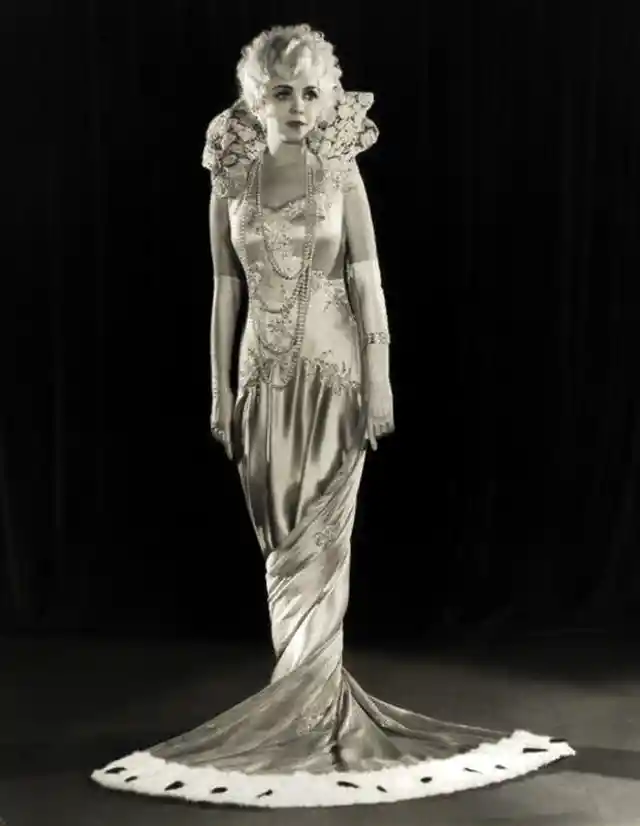
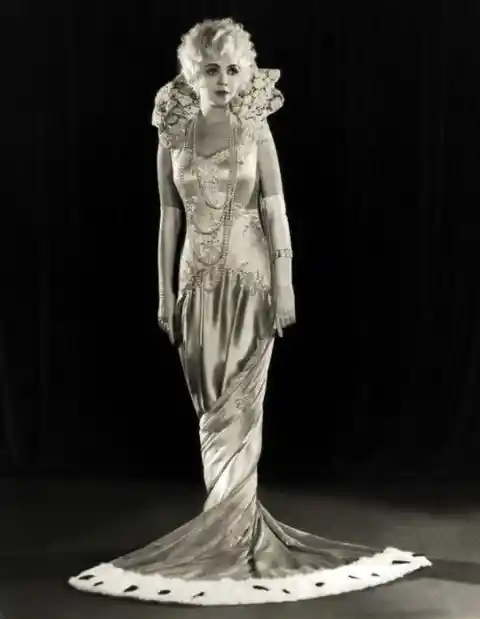
District Attorney Buron Fitts dismissed the case, claiming "blood tests" had ruled out foul play. This was just as the authorities had considered revising Reid's cause of death from suicide to “unknown.” But Fitts’ reputation wasn't all that good, as he was infamous for receiving bribes from movie studios. Guess who was a leading lady at that time—Lila Lee.
Lila's Side of the Story
Lila wrote in her autobiography about her scandal, "They started digging around the place, and they had found that our gardener had had relations with a sheep, had buried it […] The gardener had made a pass at Jimmy when he was alone in the house in the afternoon. He was gotten rid of fast."
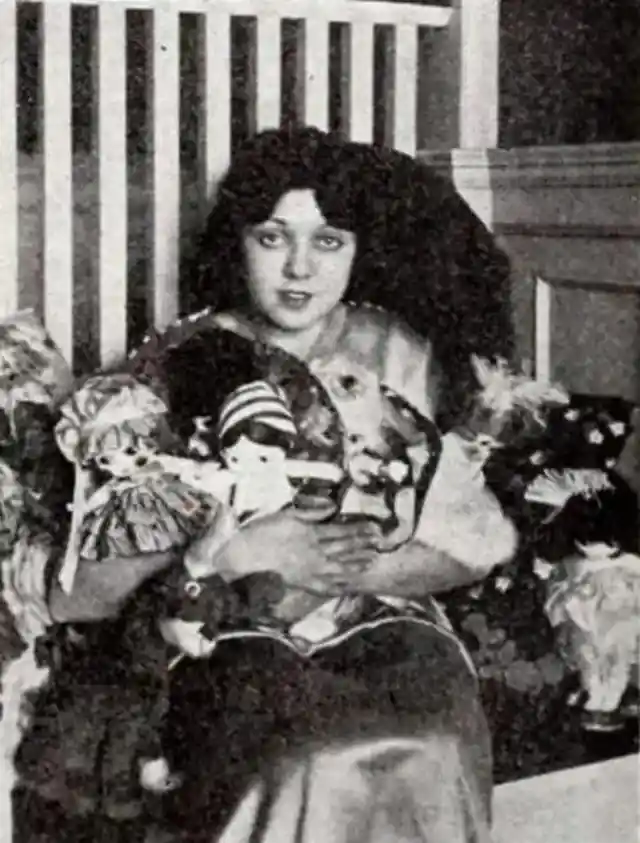
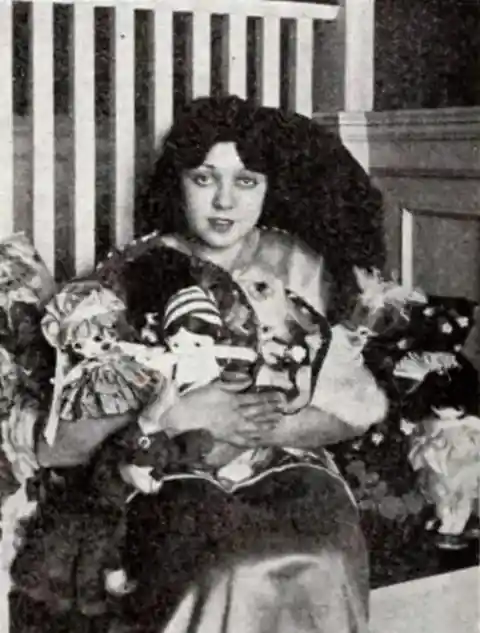
Not only that, but she also wrote, "I think he [Reid Russell] committed suicide," which clearly contradict her previous passage. In one interview, Lila accidentally let something slip that made everyone believe that Reid's death wasn't suicide. She said, "Do you want to know about the killing? [No], not the killing—the suicide[?]."
Losing Her Career
With the help of District Attorney Fitts, Reid's case was eventually closed. However, rumors about it never died. It became a hot topic in Hollywood, and worse, Lila's substance addiction rumor resurfaced in connection to Reid's death.
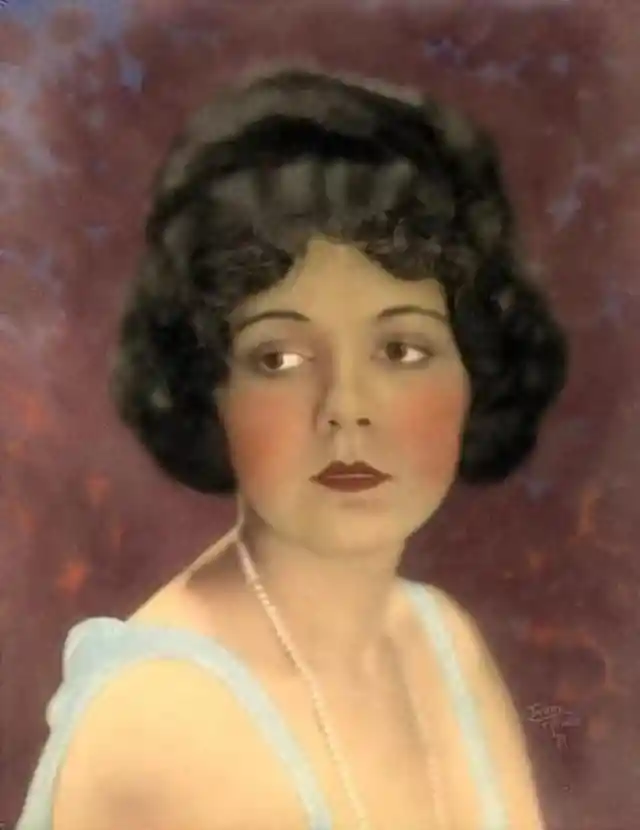
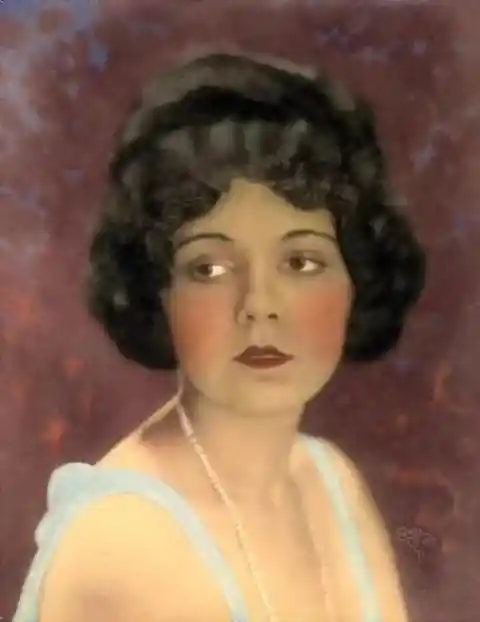
With everything going on around Lila, her good standing in Hollywood started to dwindle. Once referred to as a wholesome actress, she was widely regarded as the punchline to a dark joke. Her time as a leading lady on the big screen ended in 1936.
Her Final Romance
Lila Lee appeared to fade away during the 1940s after she was no longer widely considered to be the "It Girl" of the silent film period. But it didn't stop her from finding a man who soon would be her final romance.
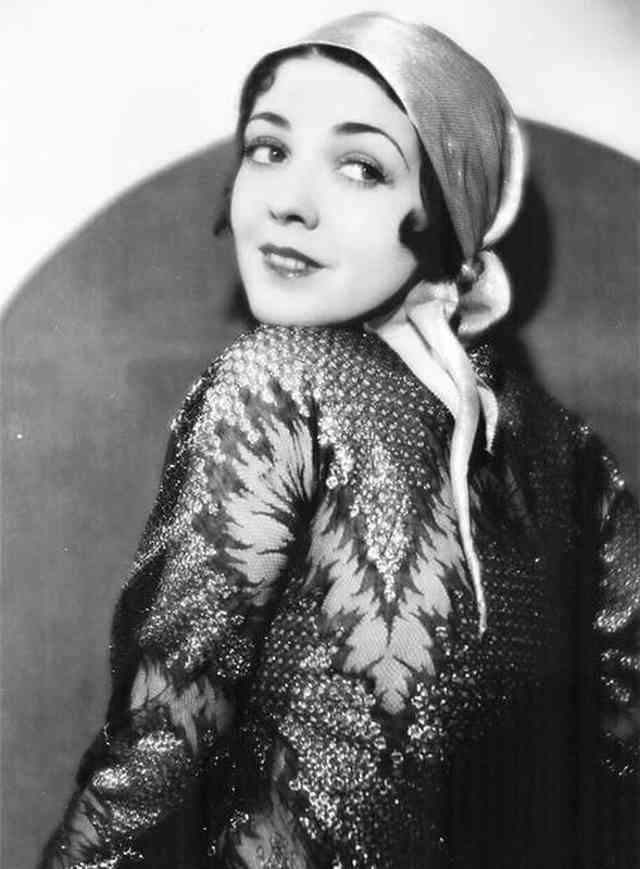
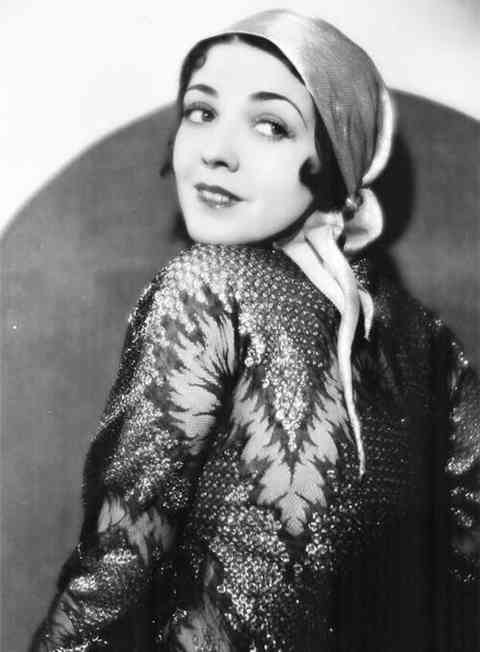
Lila met another broker named John E. Murphy, and in 1944 they got married and lived happily for five years. When Murphy died, she included Lila in his will, but he made his ex-wife the executor of his estate. Lila was still helpless and dependent on a wily woman.
Her Last Project
Because of Lila's situation, she decided to go back to the entertainment industry. However, people welcomed her differently than when she started in the industry. But it didn't stop her; Lila accepted roles in soap operas to earn money to make ends meet.
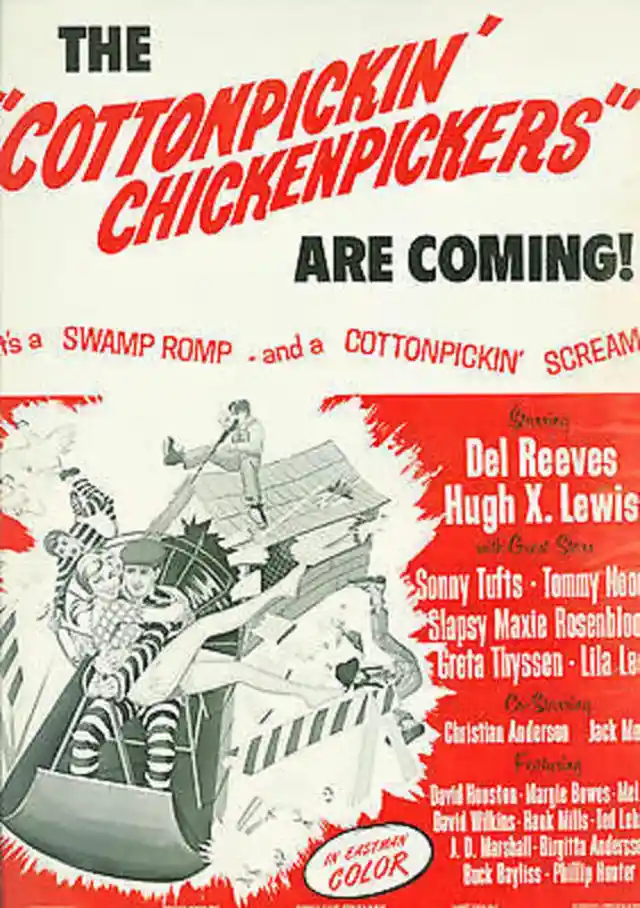
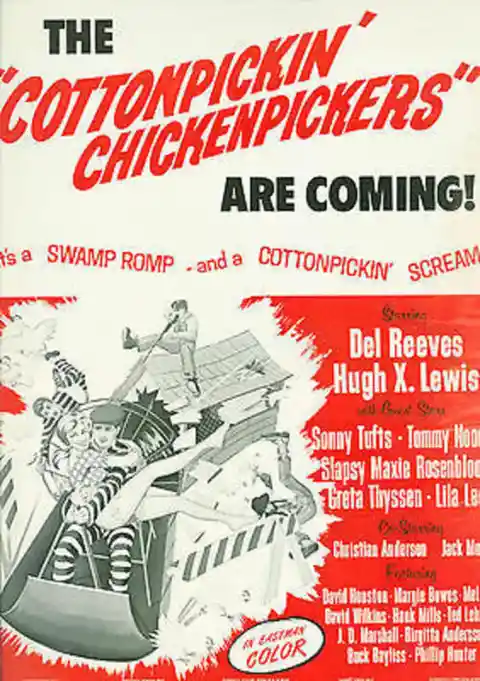
Midway through the 1960s, Lila got a chance to return to Hollywood. She was given a part in Cottonpickin' Chickenpickers, a feature film production, but she didn't receive any attention for her work. As a result, Lila's career in the entertainment business was over.
Peaceful Goodbye
With no hopes of making it big in the industry again, Lila left California and moved to Saranac, New York, to look for treatment for her worsening health condition. Lila's health wasn't made public. She passed away after suffering from a stroke in 1973.
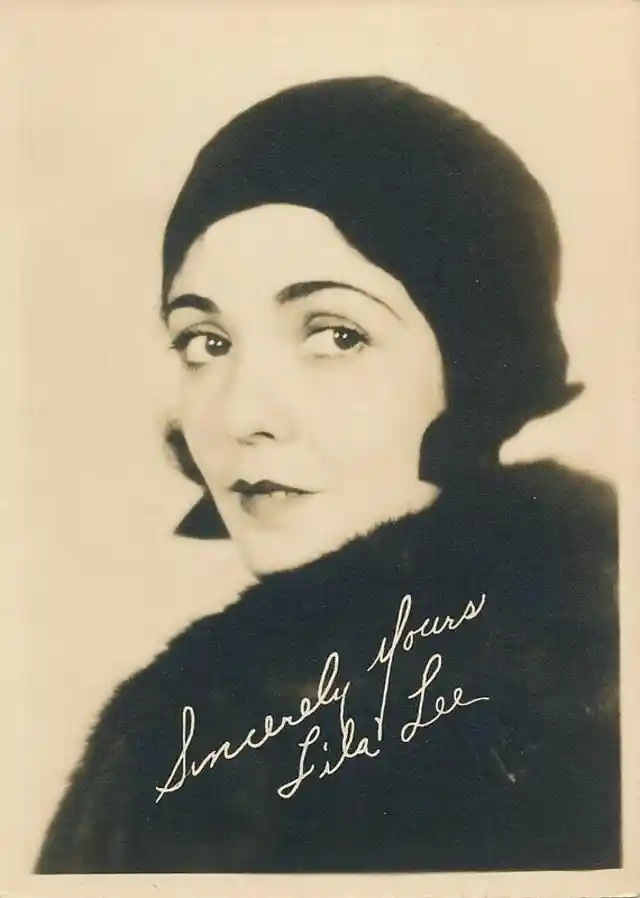
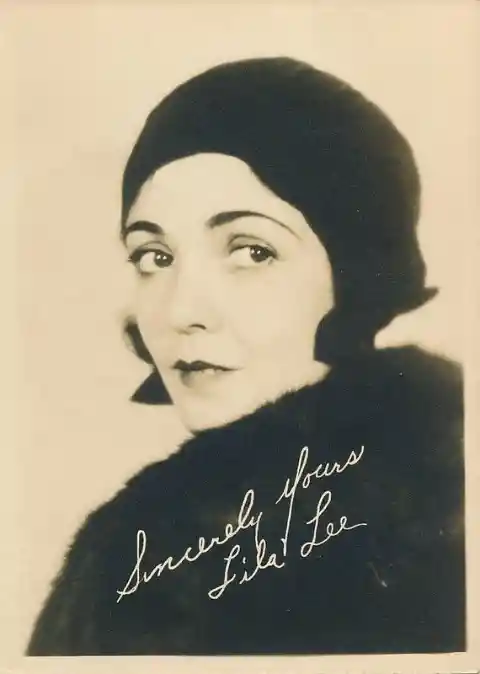
Lila's life and career weren't always smooth sailing. She ultimately left a strange, often sad, often mysterious legacy. Sadly, despite appearing in 100 productions, the majority of her filmography has already been lost forever due to deterioration and poor storage. However, people continue to find her career, and life in general, a controversial yet fascinating story.
Up next, read about the life of the famous actress whose career was easily one of the most controversial in all of Hollywood history, Joan Crawford.
The Fascinating Life and Career of Joan Crawford
If you were to rate the most controversial figures in Hollywood history, then Joan Crawford would sit right at the top of that list. Though the actress has been gone for several decades, her work continues to influence artists in the business today. Joan had many admirable qualities, but her long list of achievements was overshadowed by the dark cloud of scandal.
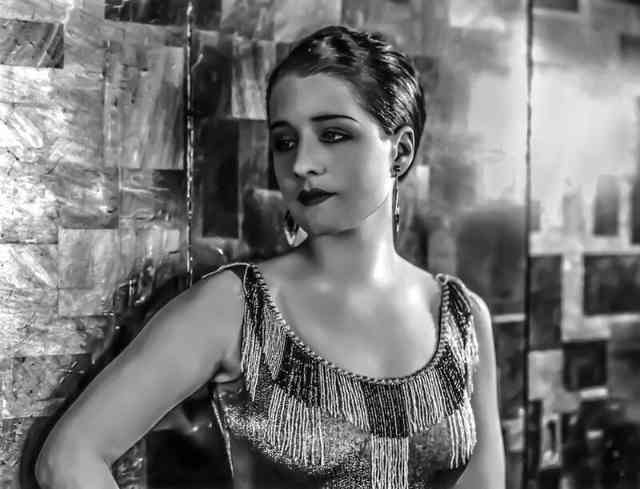
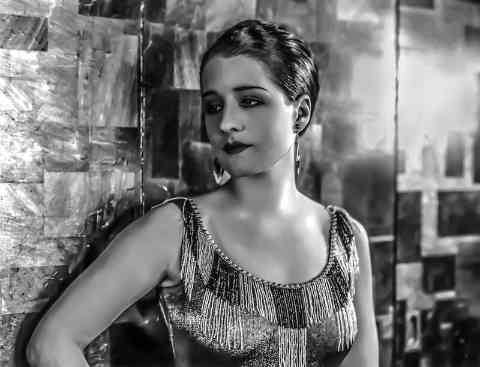
What follows is a look at the most interesting, frightful, and fascinating aspects of Joan's life: shocking facts, including details of her tragic affairs, her work in adult films, and the drama surrounding her relationships with her adopted children. Her story is just as riveting as one of her movies, grab some popcorn and get ready to be dazzled by Hollywood’s most iconic stars.
Her Life Before Stardom
Lucille Fay LeSueur, or, as she was named from birth, Joan Crawford, was born to a modest family and lived a relatively poor life in Texas when she was young. Her parents, Thomas and Anna, had a tough time making ends meet for their family.
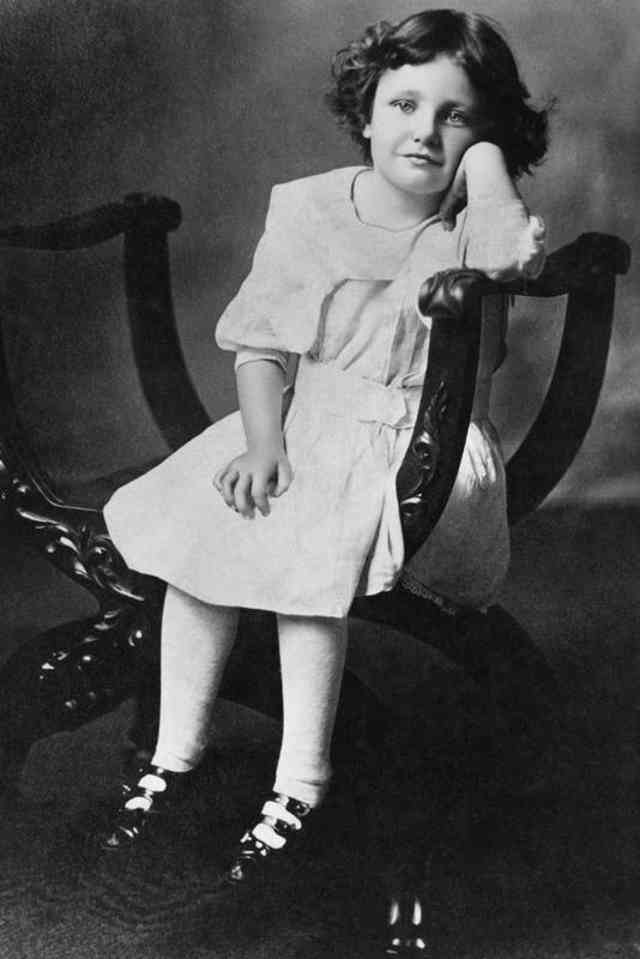
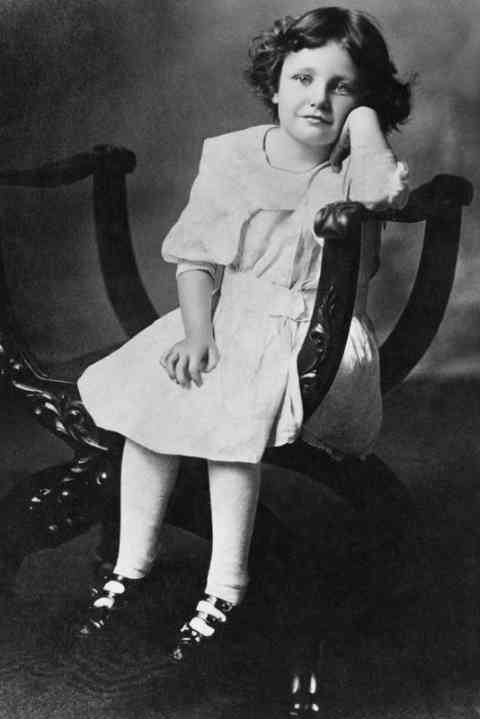
Crawford had a difficult upbringing. When she was ten months old, her father left the family. Experiencing that type of hardship at such a young age is bound to affect a person profoundly. These early experiences may have been at the root of her troubles in her later years.
Life Gets Worse
After Crawford's biological father abandoned them, things turned south. A tragic turn of events made Crawford's life a living hell. During this period of turmoil, Anna, her mother, remarried opera house manager Henry J. Cassin.
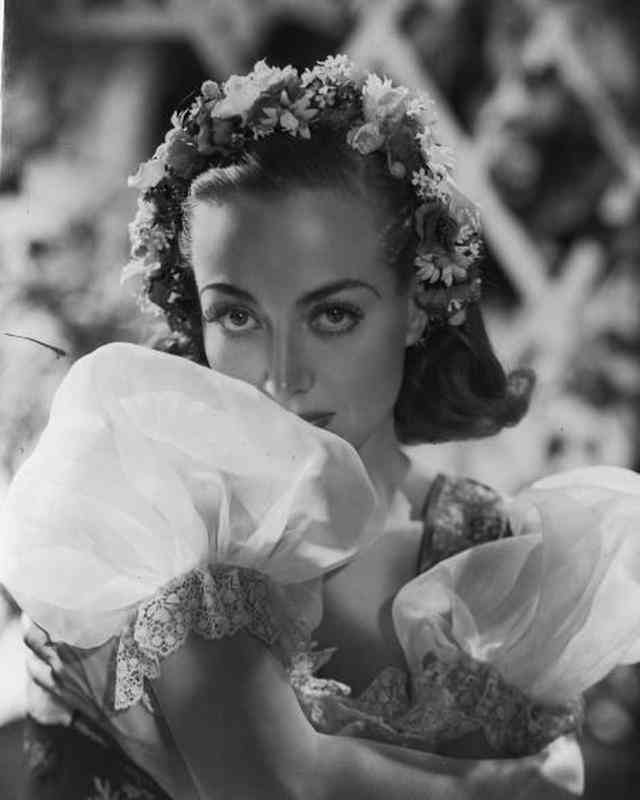
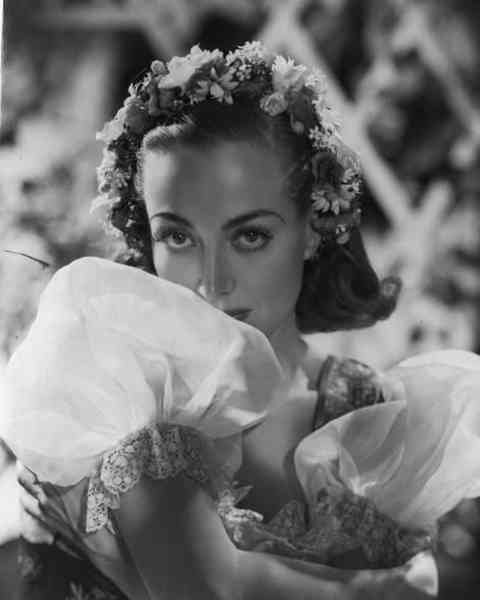
Growing up, Crawford thought Henry was her birth father. He began abusing her even when she was very young. These terrible experiences irreparably shaped her personality and perception of the world. Whether they affected her career choice is impossible to say—but she certainly carried a great deal of pain around in her life from this trauma.
Crawford's Teenage Romance
Because she was deprived of love and suffered horrors at home from a young age, Crawford wanted to find a way out of her family's house as soon as possible. Her first romance, which she began while attending the Rockingham Academy, was the perfect escape.
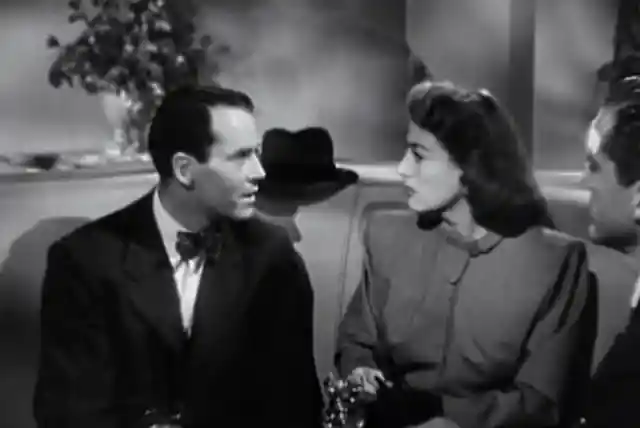
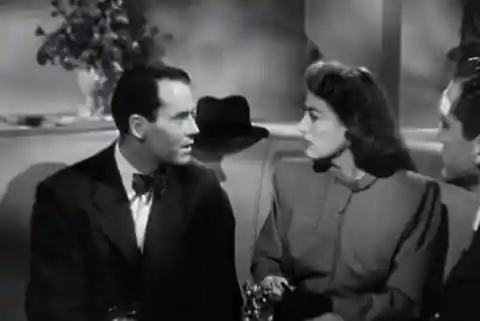
Crawford began a passionate romance with Ray Sterling. He greatly influenced Crawford, as he encouraged her academic ambitions. Their relationship was healthy, but after a point, for one reason or another, Crawford felt it was no longer worth maintaining.
Her True Passion
In 1922, alongside Crawford's decision to end her relationship with Ray Sterling, Crawford also decided to drop out of college. She wasn’t necessarily pulling bad grades—she simply realized that it wasn’t really for her.
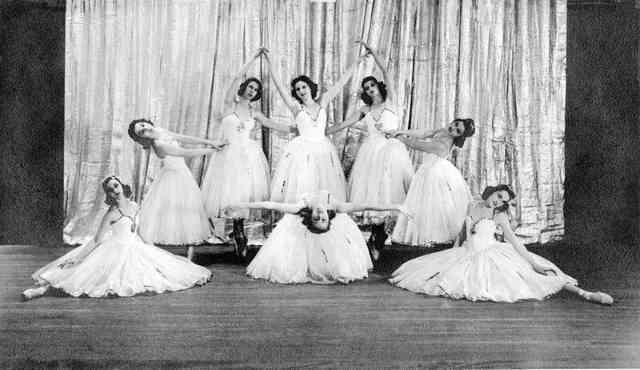
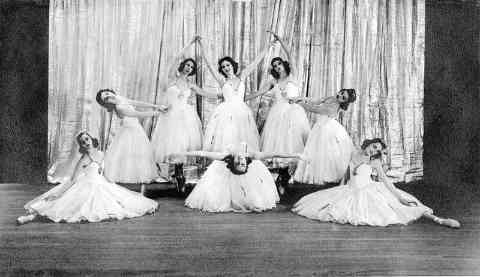
After dropping out, Crawford began to dance in choruses across the states. She put a lot of effort into her work everywhere she went. Eventually, it paid off. She was given minor roles in various Hollywood films. However, this wasn’t exactly her big break. In solving one problem, she opened the door to many others.
Her Struggles in Hollywood
The movie biz isn’t always glitz and elegance. Many terrible things happen behind the scenes in Hollywood. Crawford is a perfect example of why Hollywood isn't for the faint of heart. She found the people inhabiting Hollywood to be unreasonably cruel.
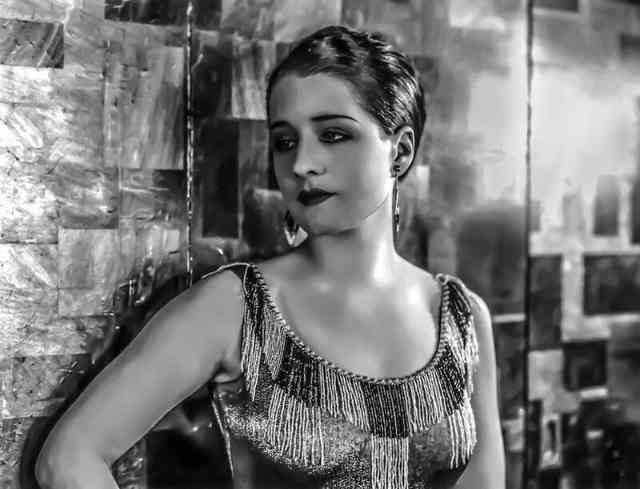
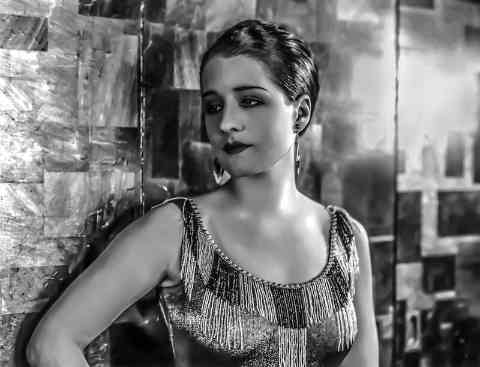
One of her struggles was with her birth name. Crawford's birth name, Lucille LeSueur, still appears in every credit of the movies she played. Some producers disliked her name, including Pete Smith from MGM. He even told Crawford that her name reminded him of a sewer. Smith proposed a solution to this “name problem.”
"Name the Star"
Smith planned to create a contest called "Name the Star" to get Crawford a stage name. This was, in some sense, brilliant, as it did two things. First, it got Crawford's classical-sounding name, and second, it helped Crawford draw the public eye.
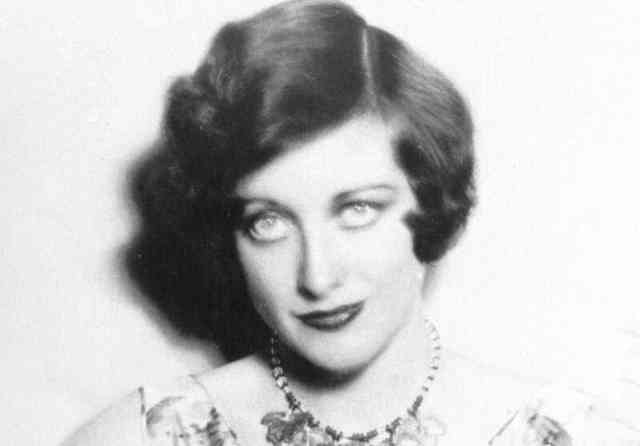
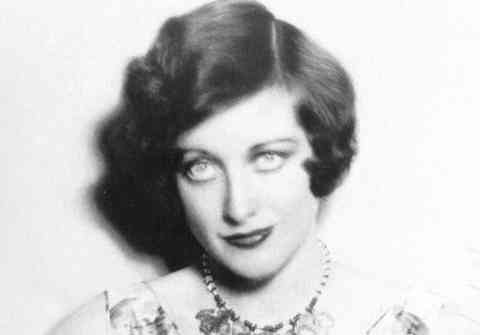
The name that prevailed in the contest was not Joan Crawford but Joan Arden. However, upon checking, they discovered that an actress already existed with that name. So, they changed her last name to Crawford. It was their backup surname, which, in actuality, Crawford hated. But there you have it—the story behind the name.
Her Embarrassing First Role
Do you believe in making a good first impression on the job? We do. Unfortunately for Crawford, her first-ever role wasn’t what she expected it to be. She worked hard to get a part in Lady of the Night, but when she showed up on set, she discovered that she had been hired as an extra.
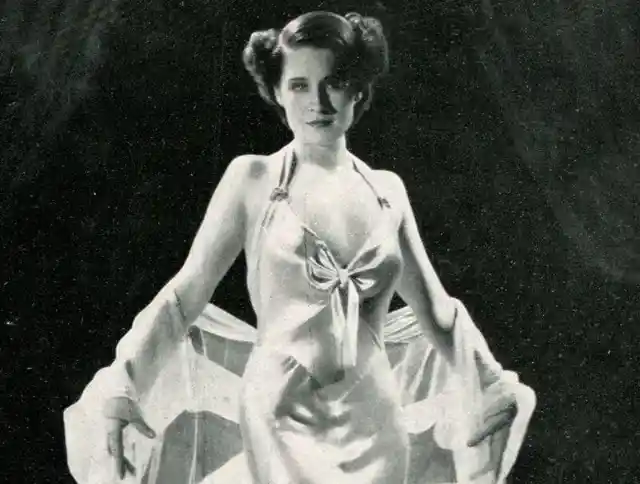
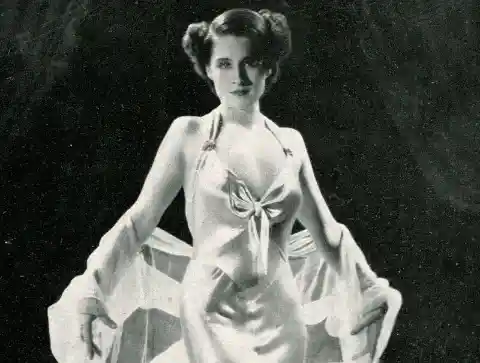
She worked as a double to a more popular and successful MGM star, Norma Shearer. It was a shame because she couldn't get a proper role. We couldn't imagine the rage Crawford would have felt upon learning she would be playing 22nd fiddle in a gig she had fought tooth and nail to land.
Crawford's Powerful Nemesis
If you asked anyone about Crawford before she made it big, you might have heard them say something about her being nasty. Since the beginning of her career, the actress had a reputation for being very competitive. In the entertainment industry, it’s a dog-eat-dog world.
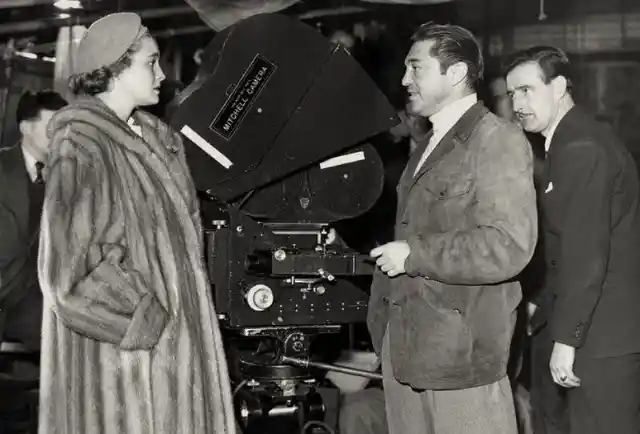
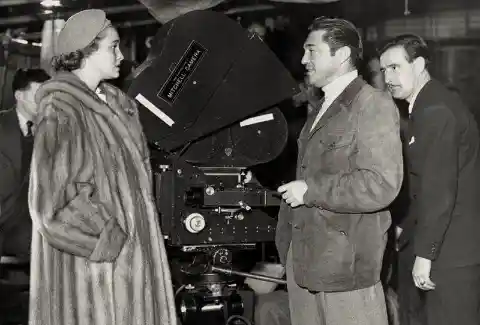
But Crawford’s purest hatred was reserved for her arch-rival, Norma Shearer, who she had first encountered on the set of Lady Of The Night. Besides being one of MGM's famous stars, Shearer was also married to a studio head. Crawford even said: "How can I compete with Norma? She sleeps with the boss."
If You Can’t Beat Them…
Remember how she accused Norma of “sleeping with the boss?” Well, Crawford engaged in the same tactics. It didn't take long for Crawford to start dating some of Hollywood's top names to land a prominent role—but it was a move she would soon regret.
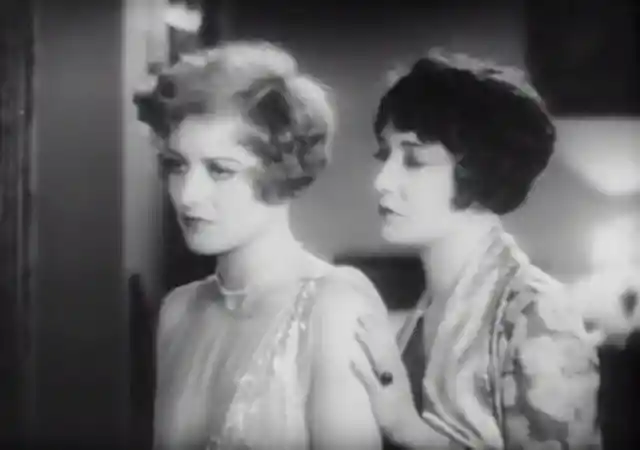
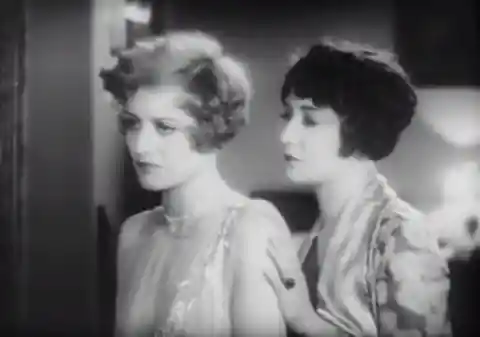
One of Crawford's love affairs was with a famous director, Vincent Sherman, who was already married at that time. When Crawford was probed on the subject, she just shrugged and said "I guess it's too much to ask of any man that he turns down the opportunity to sleep with Joan Crawford."
Nothing Will Stop Crawford to Become a Star
Crawford really wanted to be a hit in Hollywood—to be a star—and she was ready to do anything to be one, to the point where she would create rumors about MGM in the gossip mill. After humiliating MGM, Crawford began a campaign of self-promotion.
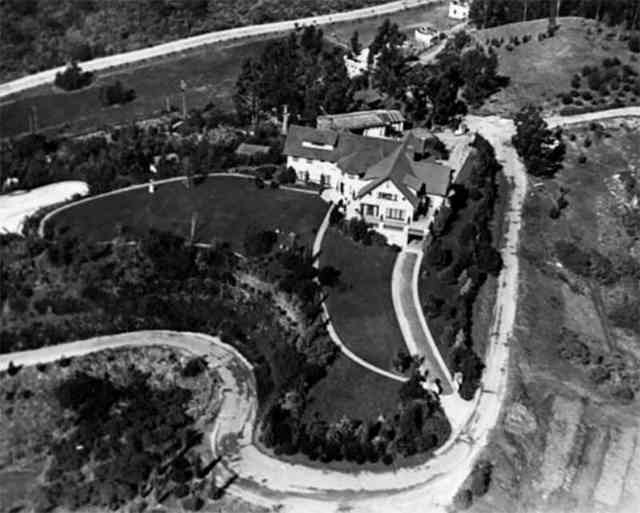
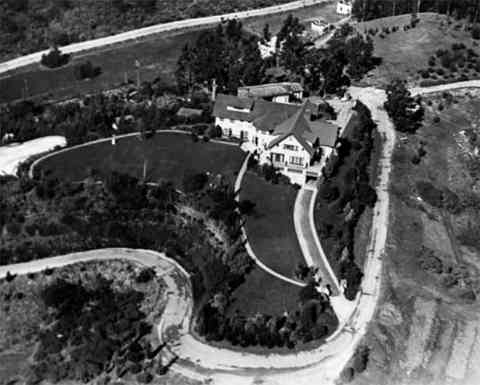
She also attended every dance competition she could find in Hollywood to get her foot in the door. Her big break seemed to be on the horizon. Would this be the start of positive things to come for Crawford, career-wise? It seemed so.
Her Most Awaited Break
Thanks to her hard work over the past few years, she was finally given the big break she had been yearning for, thanks to her part in Our Dancing Daughters. In 1928, she bid her goodbyes to her LeSueur persona and started a new character that would eventually go down in Hollywood history.
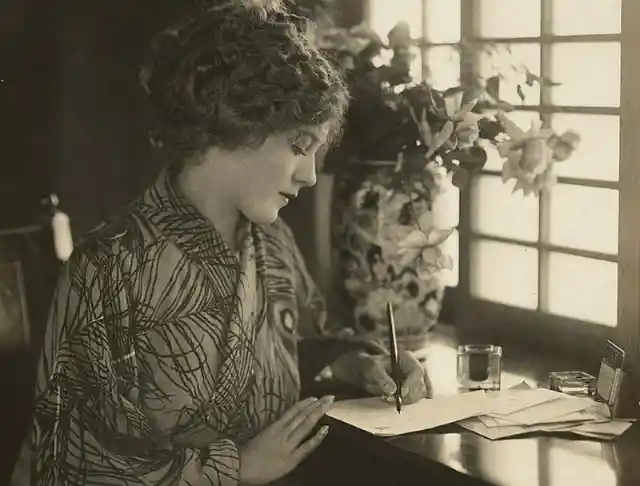
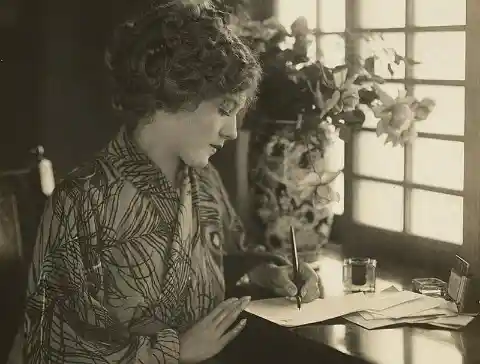
Crawford's performance cemented her as the "it girl" in Hollywood. She had been working hard since day one of her career in the entertainment industry. But she would be blindsided by the hefty price, as scandals came to light with her rising popularity.
Marrying a Teen
Crawford’s life story would not be complete without scandal. In 1929, Crawford met a man with whom she would enter her first serious relationship. Her relationship with Douglas Fairbanks Jr., son of famous Hollywood personalities Douglas Fairbanks and Mary Pickford, wasn't exactly solid from the start. But they eventually tie the knot.
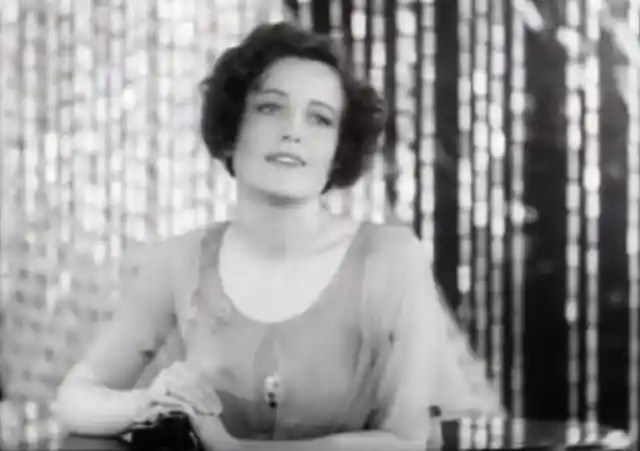
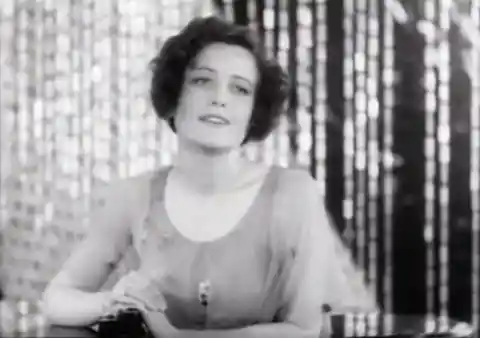
It created a huge stir in the public scene. At that time, Douglas Fairbanks Jr. was only 19 years old—four years younger than Crawford. What can we say? When it comes to love—at least between two consenting adults—age is just a number. But back then, only a few could understand.
The Cruelty of Crawford's In-Laws
It seemed like the whole world was against the couple's marriage. Crawford became hated, even by her in-laws. They did so many awful things to Crawford, even from the start of their newlywed life.
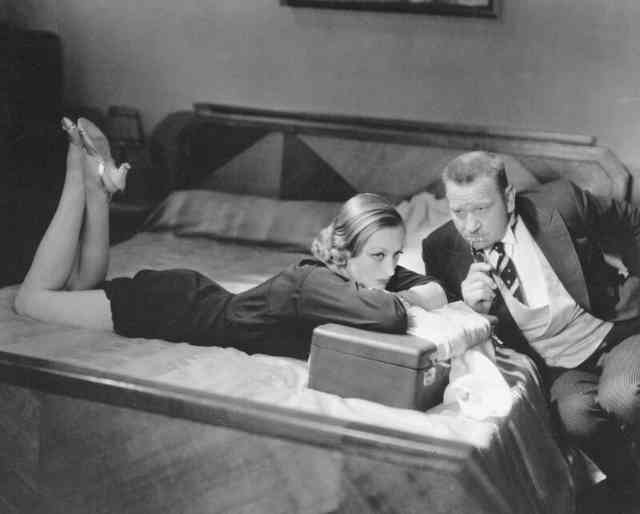
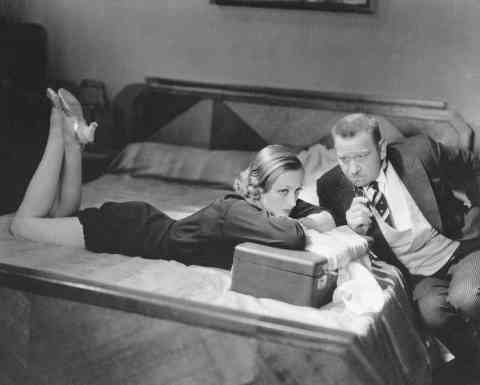
Mary Pickford and Douglas Fairbanks refused to welcome their son and daughter-in-law to their large estate, known as PickFair. After being married for eight months, the in-laws had a change of heart. Crawford would come to realize that this sudden change was not for the best.
A Not-So-Lucky Daughter-in-Law
Crawford was not fortunate when it came to the in-law in any sense of the word. Her mother-in-law wasn't easy to deal with, even though her relationship with her father-in-law was improving. For whatever reason, Ms. Pickford detested Crawford.
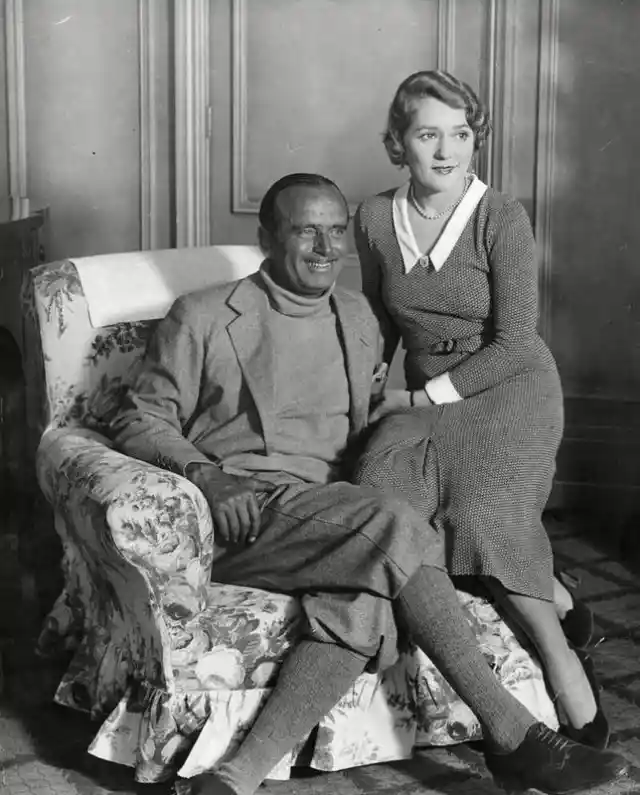
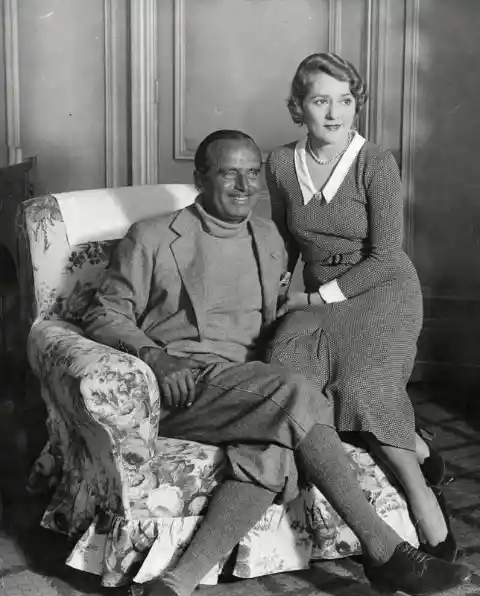
She was ready to destroy her if she was given half a chance. Their relationship with each other only got worse over time. She despised her so much that she couldn't stand to be alone in the same room as her. It was a “death by a thousand cuts” situation.
The Obsessive Side of Crawford
Crawford had made a name for herself—but that name wasn’t necessarily said with fondness. She was competitive and obsessive, and her great obsession was stardom. She wanted to have recognition, which is why she worked hard for it—harder than anyone else in the industry.
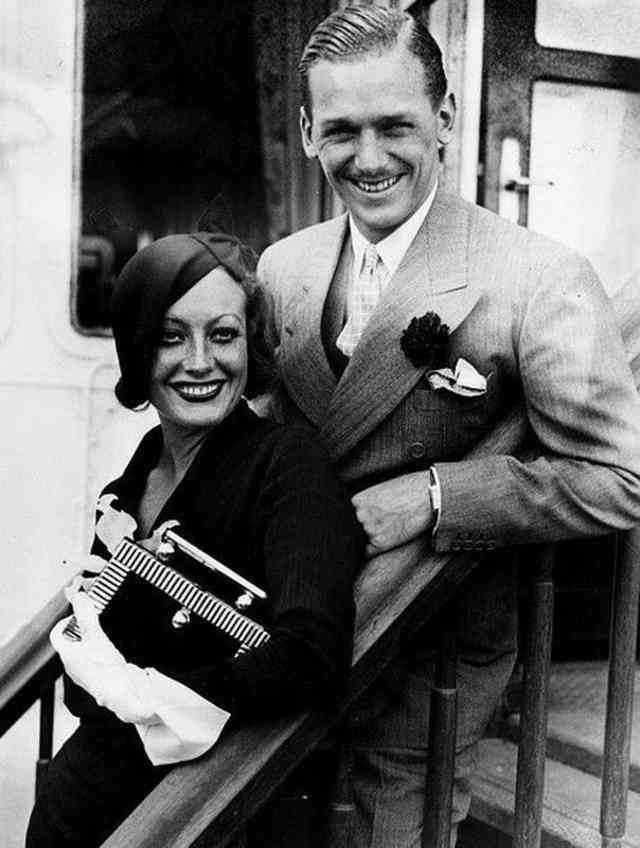
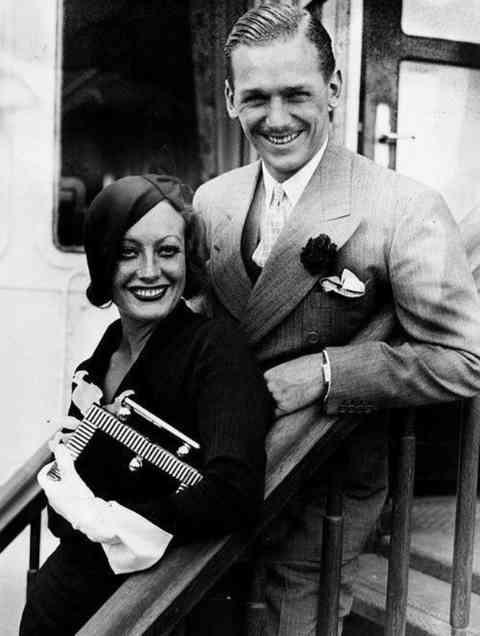
She tried her best to “fix” herself, for example, perfecting her speech to lose her Southwestern accent. She kept reading books aloud to make sure she could control them, and she wouldn't stop until she was happy with what she heard.
Her Dedication
She never ceased improving her skills, which set her apart from the competition. Crawford was very much prepared for the transition from silent films to “talkies” between the 1920s and 1930s. Many actors and actresses at the time didn't have what it took.
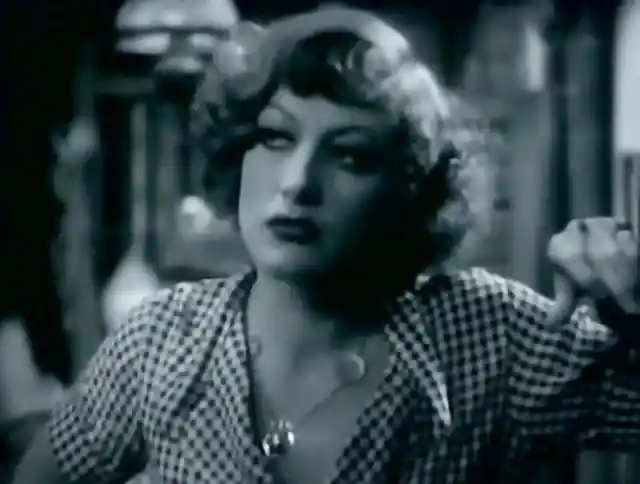
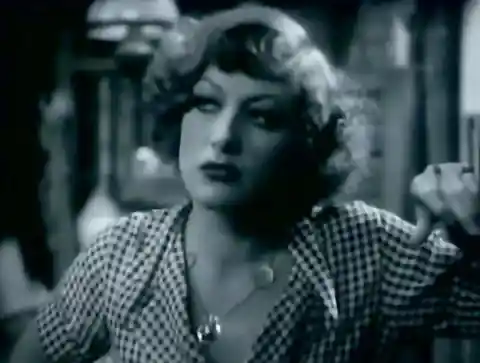
With her hard work and dedication (of course, with her competitiveness), she became one of the most profitable actresses in Hollywood in 1932. However, to get there, she had to be prepared to dethrone the two prominent actresses that stood in the way.
Fairbank Jr. and Crawford's Infidelity
Crawford and Fairbank's marriage life didn’t remain stable for long. Her relationship with the in-laws certainly didn’t help. Crawford committed a severe misstep in her relationship with Douglas—she cheated on him—which sent their union well off track.
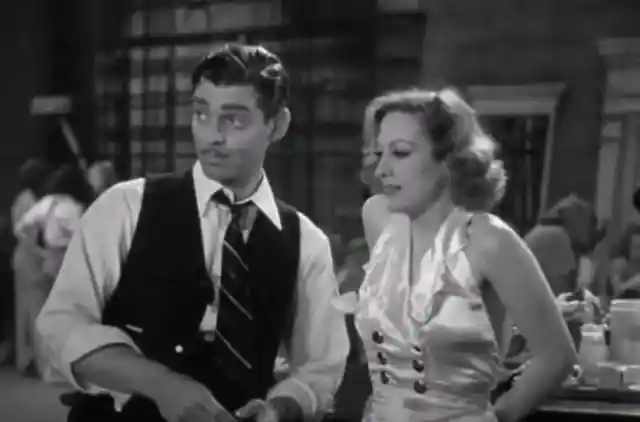
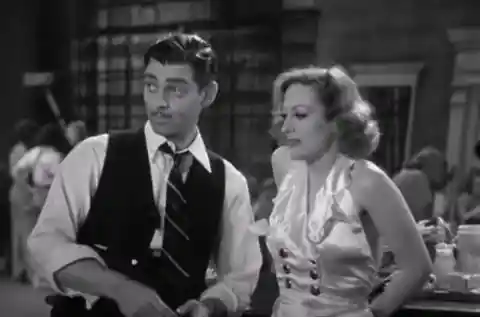
Crawford had an affair with a rookie rising Hollywood star, Clark Gable, in part to improve her career prospects. Douglas did the same, for different reasons, but failed in the attempt. Allegedly, he went after Katharine Hepburn, who rejected him continuously.
Her Affairs Was Widely Publicized
Crawford and Gable almost normalized extramarital cheating. Despite the fact that both of them were married, they nevertheless flaunted their romance. The two were too careless too often, and at one point, they took their open infatuation with one another too far.
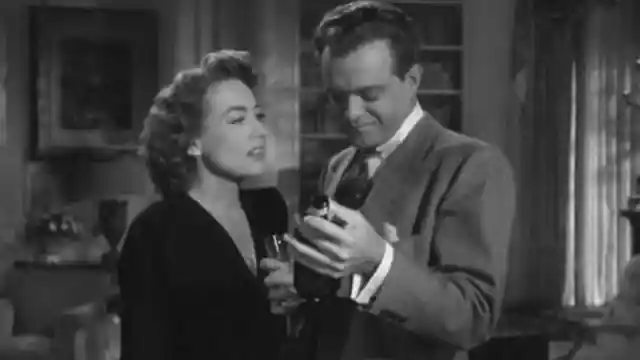
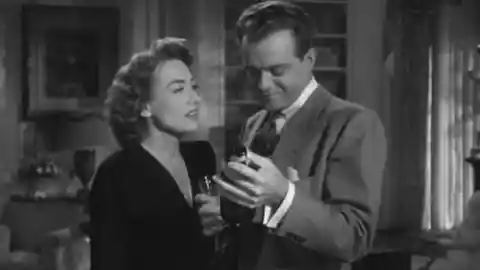
Adela Rogers St. Johns, one of their mutual friends, witnessed Joan and Clark wrapped up in one another behind the bar. Joan didn't seem fazed by her discovery and simply responded in the most Joan Crawford way possible.
Crawford's Memorable Letter
Upon being caught with Gable, Crawford laughed and said, "Adela! Darling!" and pretended nothing had happened. What made it worse was that Crawford sent flowers to Adela with a note that said, "I bet you were thrilled watching!"
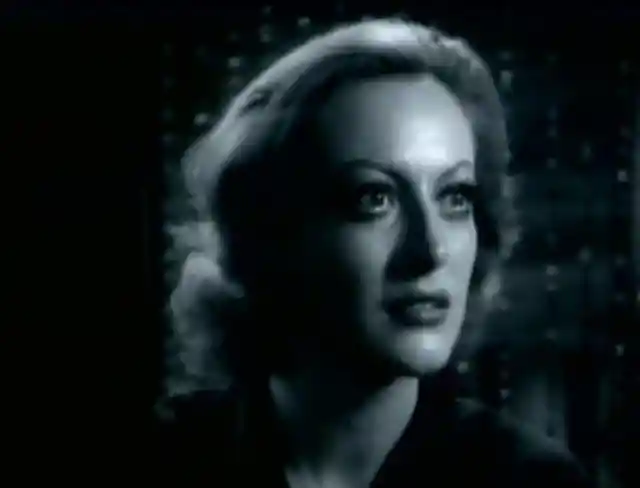
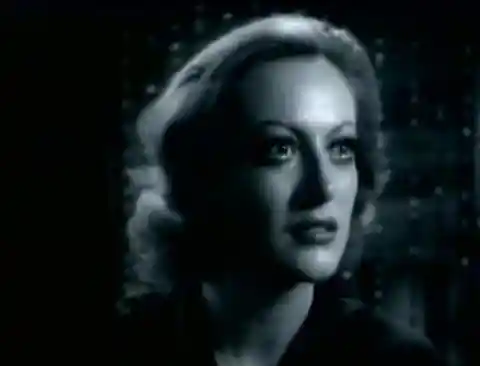
As their friend put it, "(Joan) had her legs wrapped around him, in a position that only a supple dancer like Joan could assume." While she was obviously astonished at her behavior, Crawford didn't seem at all troubled by the incident.
Bedroom Talk
Crawford gained a reputation as being an extremely sensual person in the bedroom—but not necessarily in a good way. But she also seemed to have a thing for younger men. In her 30s, Crawford found herself another teenage lover named Jackie Cooper.
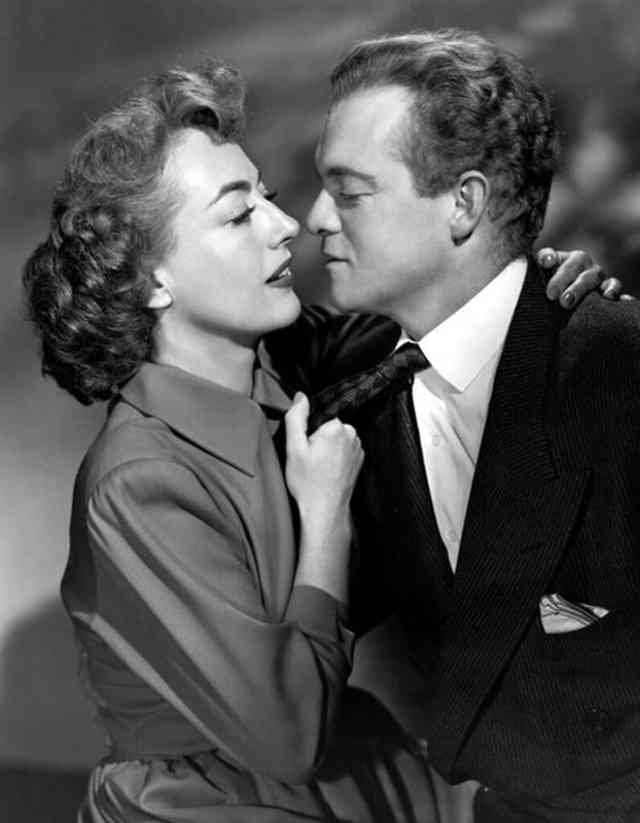
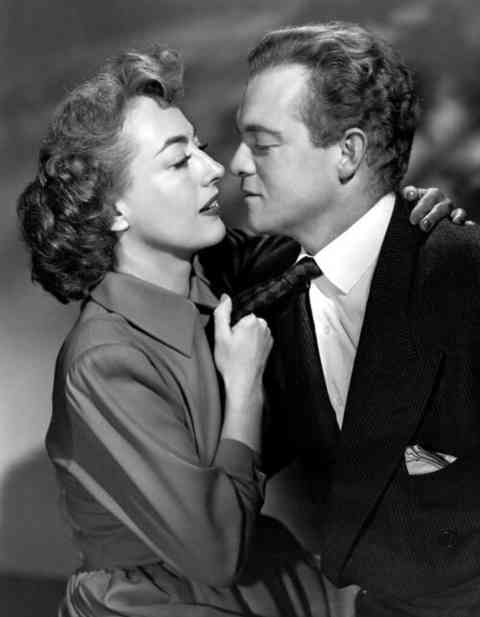
Cooper was so kiss-and-tell about Crawford's bedroom behavior that he even revealed some intimate details about her to the public. "She would bathe, powder, and cologne me. Then she would do it all over again." Crawford certainly wasn’t afraid to be adventurous in her own way.
The End of Her First Marriage
It might be easy to forget that Crawford was married because of all the affairs she had over the years. How did Fairbanks Jr. feel about it all? According to Crawford, they argued to the point where they would go "far into the night" because of Fairbanks's "jealousy and suspicion.”
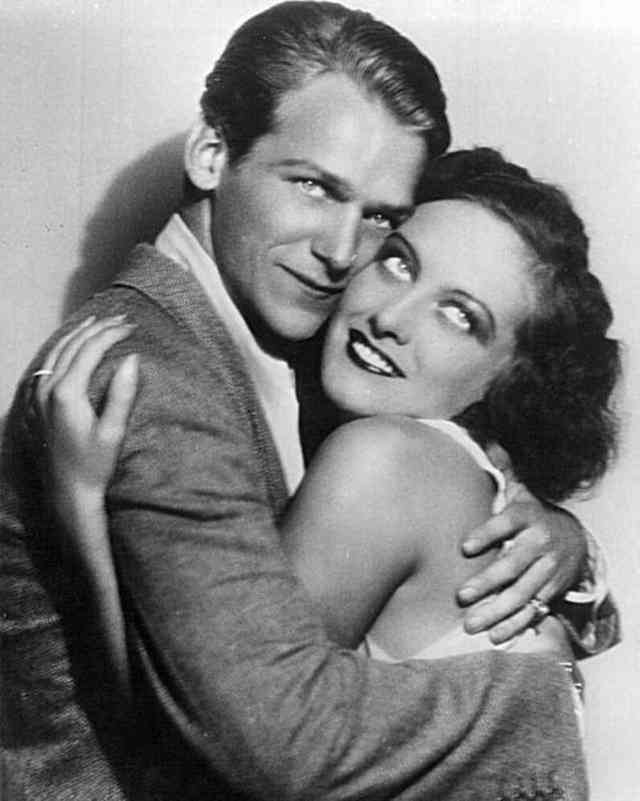
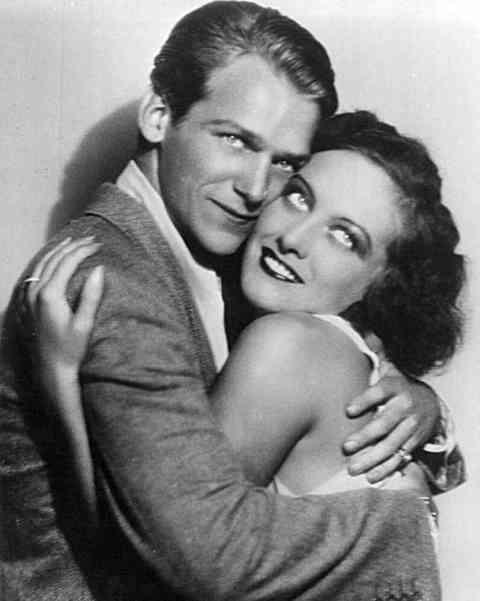
With their marriage hitting rock bottom, the two finally ended their long and crazy marriage in 1933. Crawford claimed to end it by stating “grievous mental cruelty” as the reason. She may have assumed that things would go better for her after this chapter closed, but she had a few surprises still in store.
Creating Her Fashion Trend
Every superstar has their own trademark look. Think Elvis Presley's “the king” outfit. Fashion has a really big part of Crawford's life. When she was at her highest level of stardom, she got everyone hooked on her favored fashion trend—the shoulder pad.
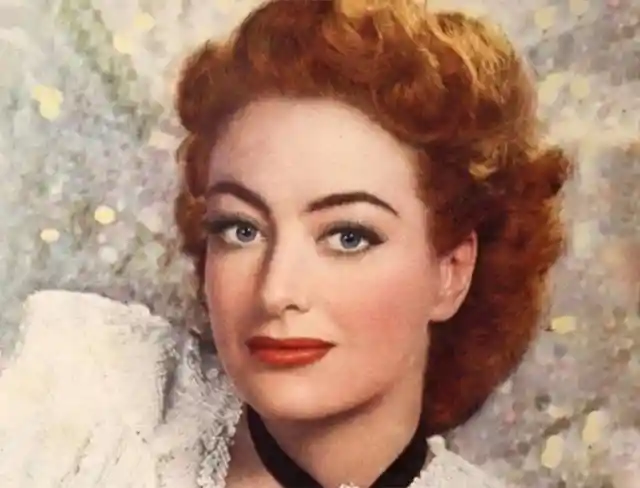
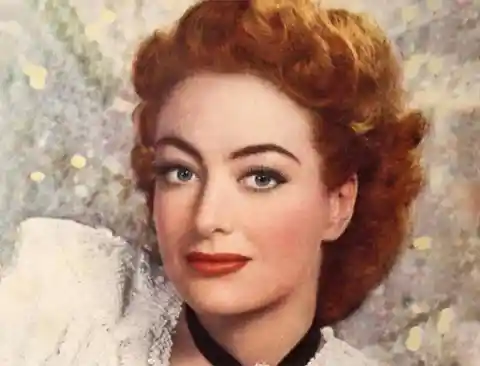
At that time, she was seen as a modern silhouette for a powerful and free woman—quite inspiring. Her fashion trend was a huge hit not only with her fans but also with a lot of actors and actresses who chose to wear outfits with shoulder pads.
New Found Love
Because Crawford was already a superstar actress, she gained the attention of many suitors. After her divorce, it wasn't surprising that she quickly found another lover. She would have been thrilled with the attention she got from many players around her.
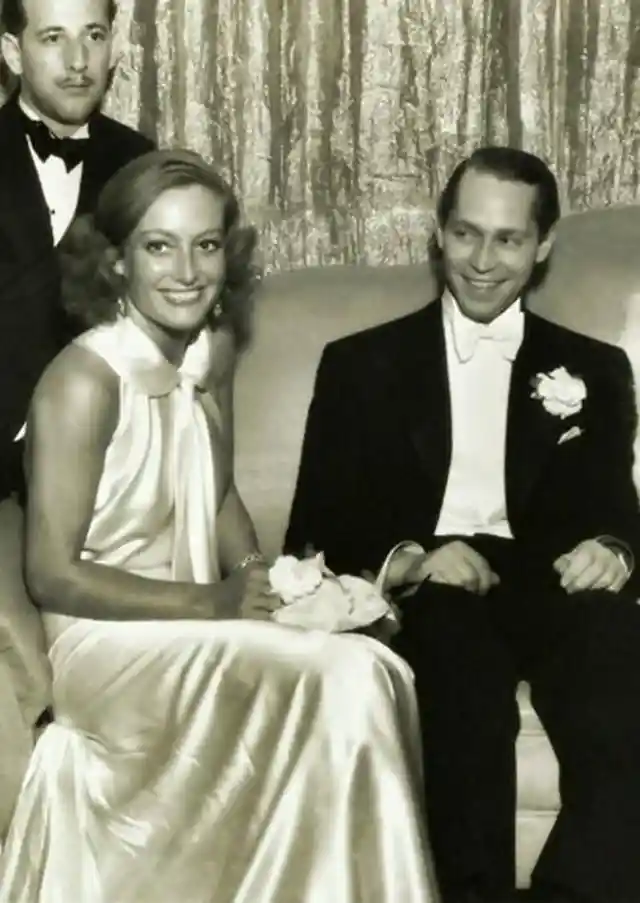
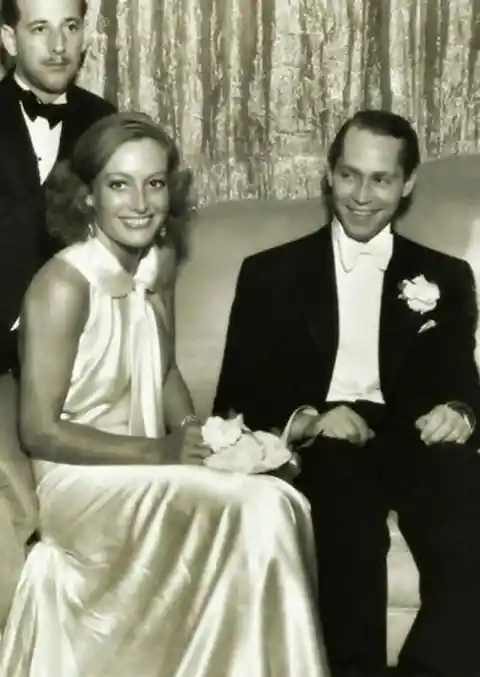
She met her new lover, Franchot Tone when she starred in the 1933 movie Dancing Lady. Crawford was single and ready to date, so it didn't take her long to fall in love with him. The couple married two years later. Unfortunately, that marriage also fell apart after so long.
Crawford's Dilemma In Finding the Right One
By now, we all know how much bad luck Crawford had with relationships—or choosing partners in general. Some of her ex-lovers were not supportive of her ambition—which is a must when you are in a relationship with someone.
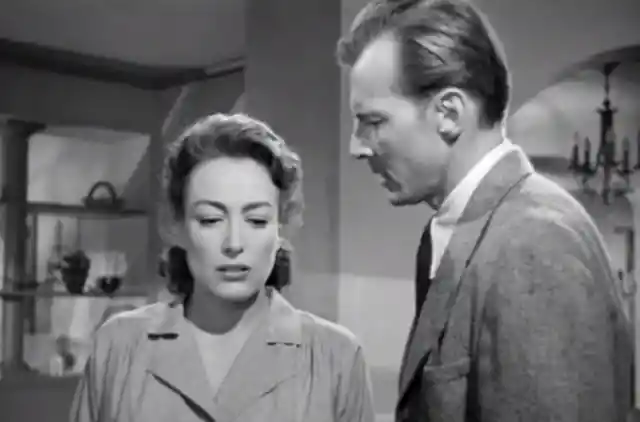
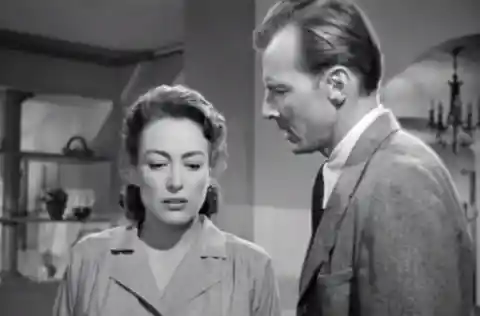
Just like Fairbanks, who was more interested in politics than what the industry Crawford was in. Another doubter was her second husband. Although they worked in the same industry, he was more focused on producing regional theater plays than blockbuster movies.
A Sad News For A Mother
Their marriage deteriorated when Crawford started yearning for children. To some extent, they were able to conceal their relationship troubles from the rest of the world. But on an issue as serious as children, a disagreement can become more than a wedge.
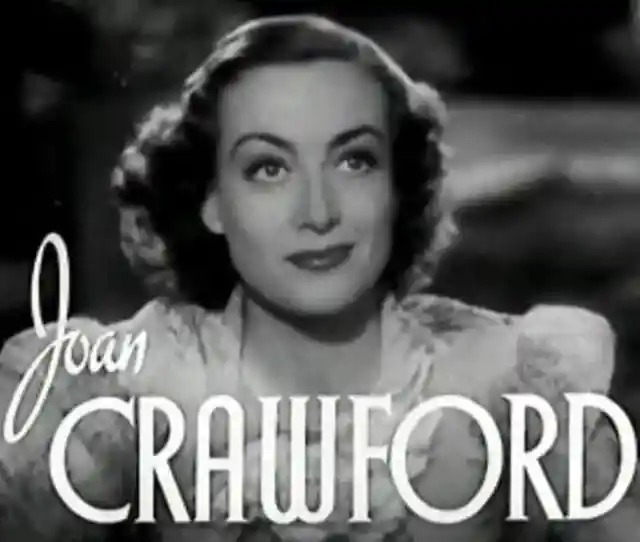
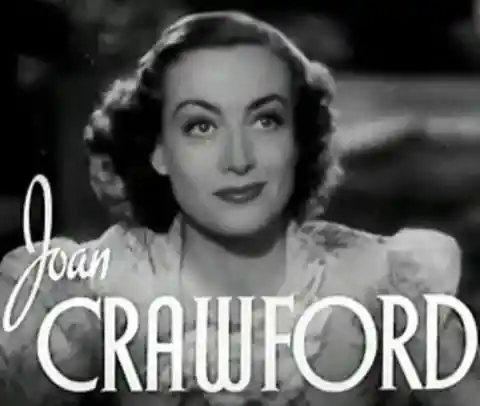
Crawford became pregnant twice, but regrettably, she suffered miscarriages both times, which exposed her to further mental and emotional difficulty. Rather than coming together after such tragedies, the two drifted further and further apart.
Crawford's Second Failed Marriage
After all the hardships in their marriage, Crawford and Tone finally called it quits. You'd be wrong to assume that Tone wasn't affected by what happened. He was just as devastated about the miscarriages. As a result, he began drinking alcohol heavily.
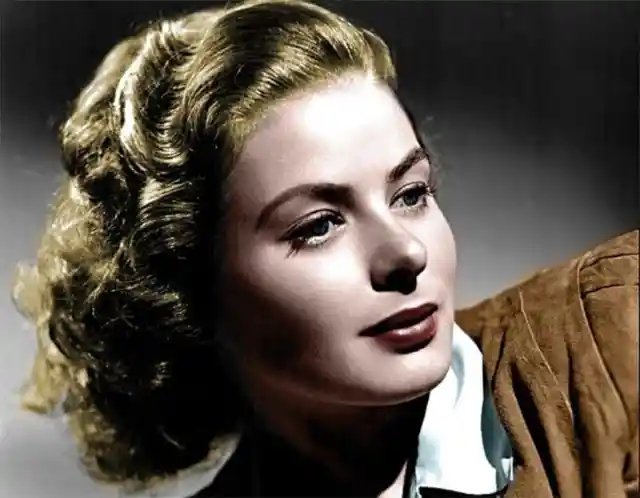
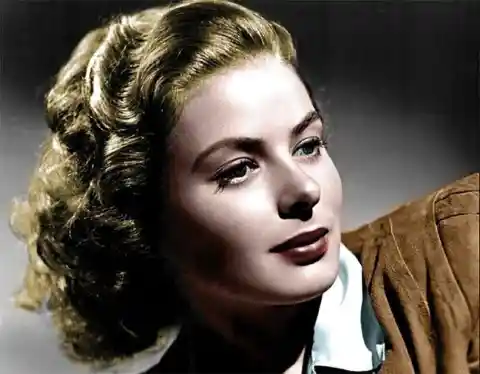
But he began assaulting Crawford due to his drinking, even while she was pregnant a third time. Tone continued to mistreat her physically and mentally. Fortunately, she decided to end the relationship and requested a divorce in 1939.
Her Career's State
So much had happened to Crawford during her marriage to Tone. So after their divorce, Crawford decided to focus on herself and her career to get back on track with her life. However, things didn’t go her way, to put it mildly.
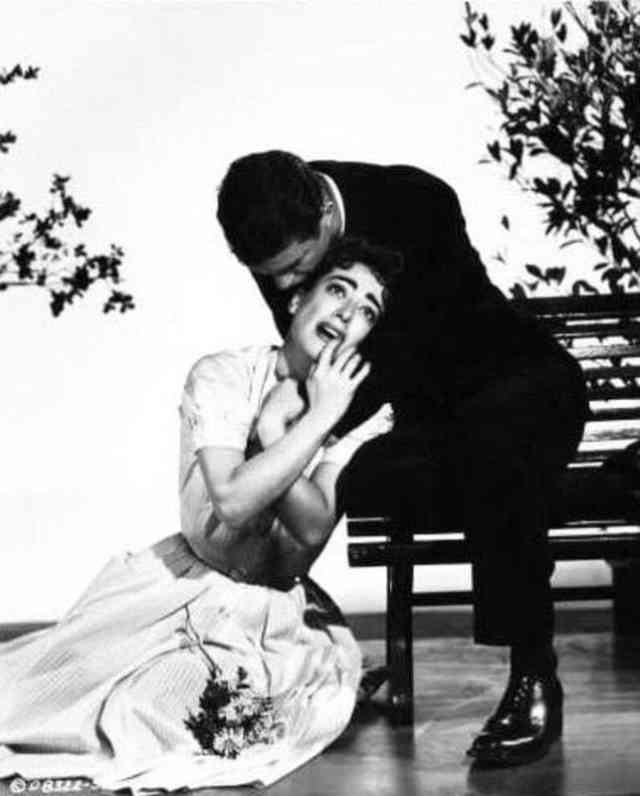
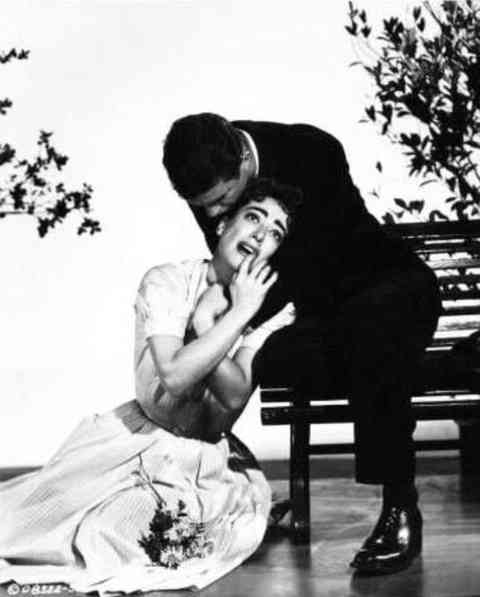
Her popularity began to decline halfway through 1938, to the point that she was categorized as "box office poison." Things started to seem quite bleak for her. Some people thought she didn’t deserve fame anymore, which she didn't handle well.
Fulfilling Her Dream of Becoming a Mother
Although Crawford had just exited a marriage, she was no less deterred in her quest to become a mother. Since she no longer had a partner, adopting was her only option to have children. She finally decided in 1940 to pursue her adoption of a young girl through a Las Vegas adoption agency.
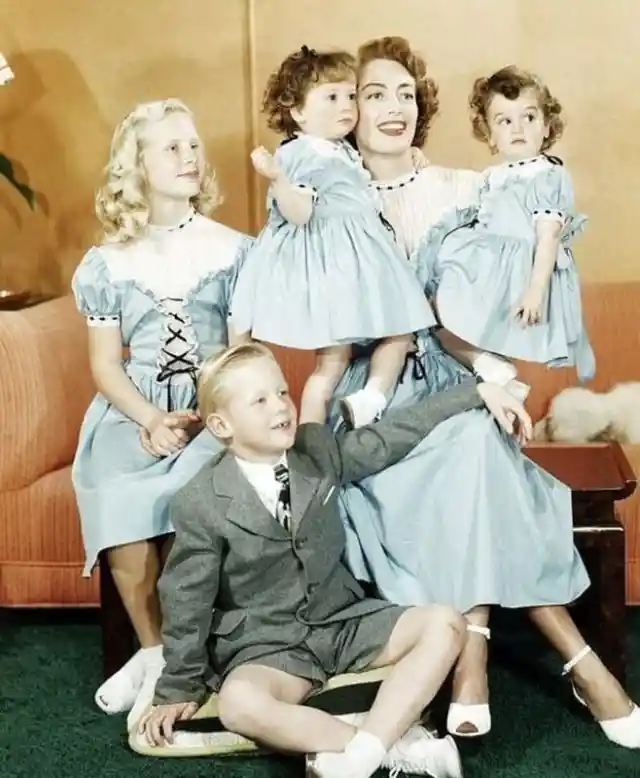
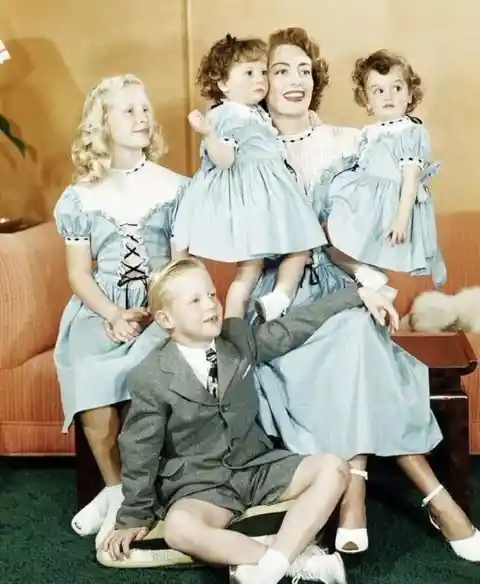
At first, she named the girl Joan, but soon she later changed it to Christina because it was perceived as a bit egotistical. People around her were quick to judge her actions, and they looked for anything that resembled a red flag.
Crawford's Third Marriage
Crawford isn't scared of falling in love again. In 1942, she married a fellow actor, Phillip Terry. They dated for six months after meeting, and in the blink of an eye, they exchanged vows. The couple decided to adopt a son named Christopher.
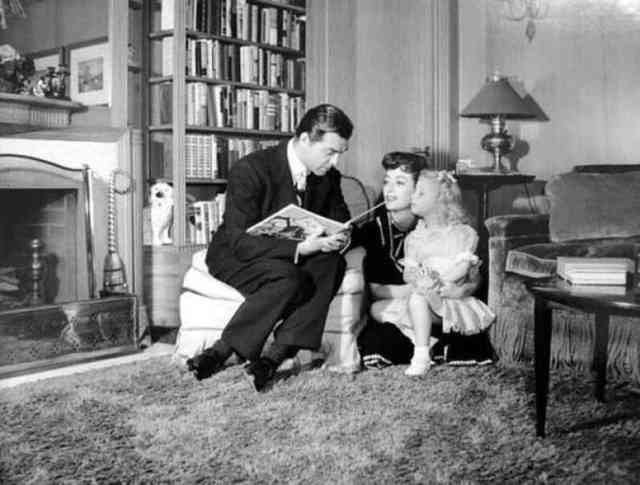
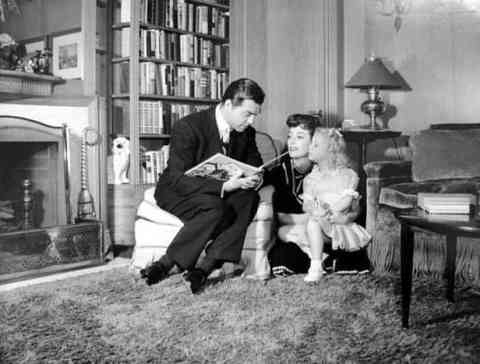
But regrettably, something happened that caused Crawford to experience heartbreak once more. The boy's birth mother apparently decided to take him back. Why would the birth mother abandon her child and then come looking for him as if he were a bag?
Another Heartbreak And Her Revenge
The couple agreed to adopt another boy after losing the first, which they named Phillip Terry, Jr. But we all know that Crawford's life wouldn't be complete without some twists and turns.
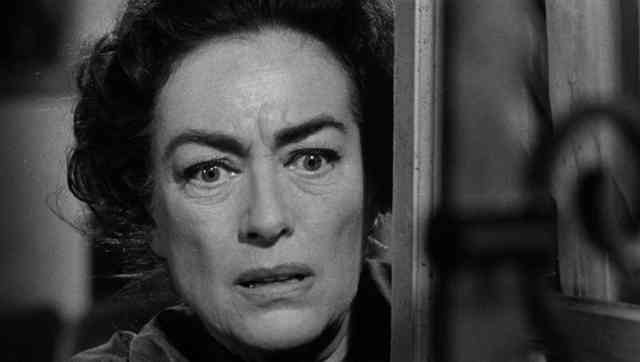
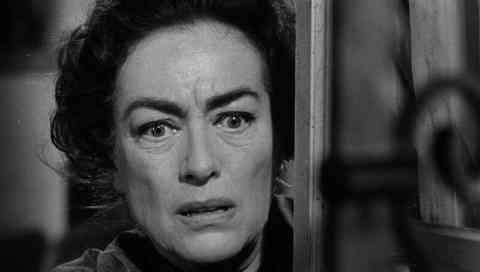
Perhaps because they had lost their first adopted son, Crawford became more problematic, which might explain why Crawford and Phillip broke up. Crawford, against everyone’s advice and wishes, decided to legally change her son's name from Junior to Christopher.
Insulted By A Director
Crawford's scandals greatly impacted the general public’s perception of her and limited the number of people she had been able to work with. Crawford tried her hardest to get a part in Mildred Pierce in 1945, but director Michael Curtiz wasn't really interested in casting her.
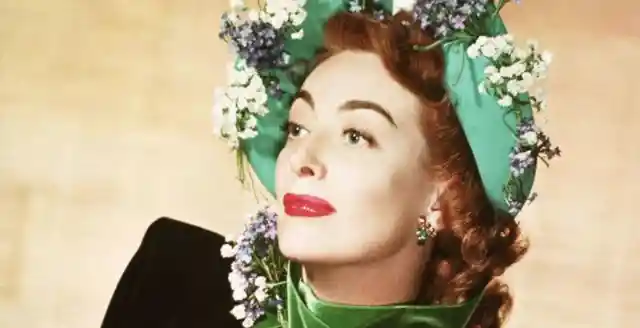
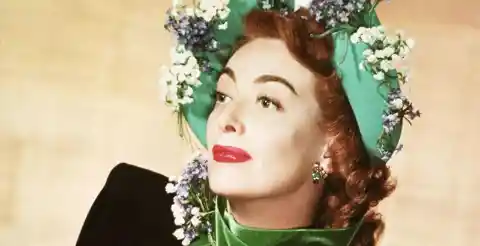
Michael Curtiz said in her own words: "She comes over here with her high-hat airs and her goddamn shoulder pads—why should I waste my time directing a has-been?" Yikes! Crawford managed to get herself cast in the movie, despite all that he had said.
Calm After the Storm
As you might be able to imagine, it was chaos on set. Crawford and Curtiz were fighting the whole time they were together. The tension escalated when Curtiz, on one occasion while filming, entered her costume fittings with aggression and started ripping her neckline.
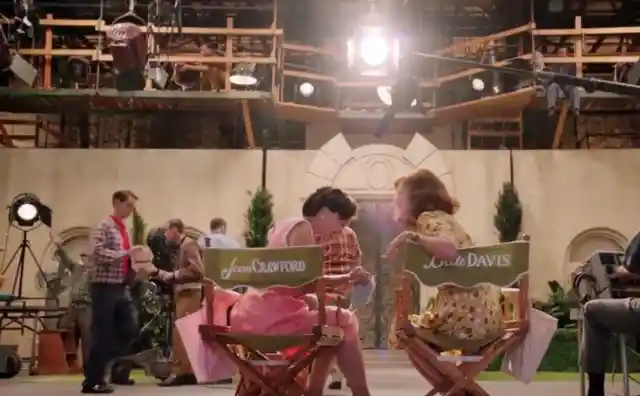
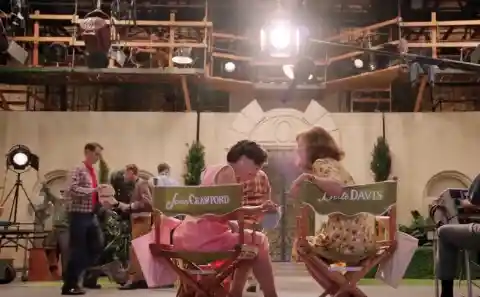
Why and how did she get a part in the movie? Still, Crawford showed professionalism throughout the shoot and even got her first Academy Award nomination and won the Best Actress award at the 1946 Academy Awards. That’s the real twist right there.
The Mother Inside Her
Crawford really wanted more children, so in 1947, she adopted two more from an agency, Tennessee Children's Home Society. While Crawford would have had no idea at the time, the agency and those who worked there would later be found guilty of human trafficking.
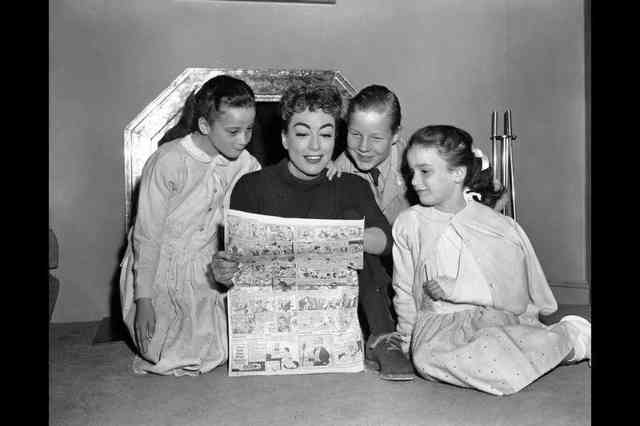
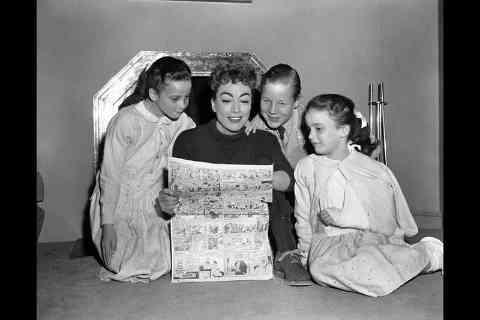
Crawford found herself standing near the center of another gigantic scandal. Although she may well have had genuine intentions, she was openly criticized for deciding to adopt her children from a criminal organization of the worst kind.
Her Orientation
As an actress, she was constantly in the limelight. And because Crawford's life was the subject of gossip, with her numerous marriages, adoptions, and sensuality rumors running rampant, news organizations were constantly breaking new stories about her.
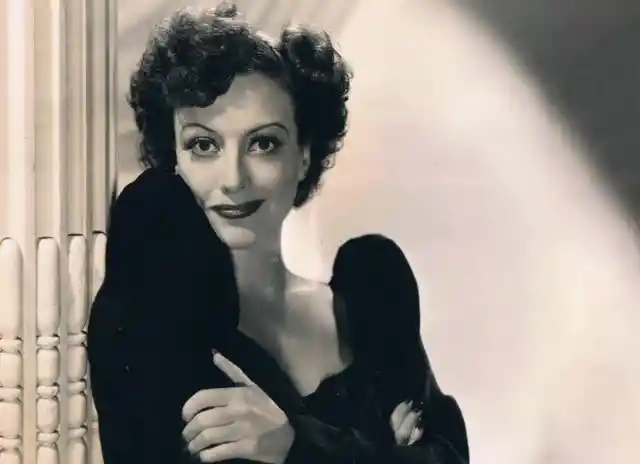
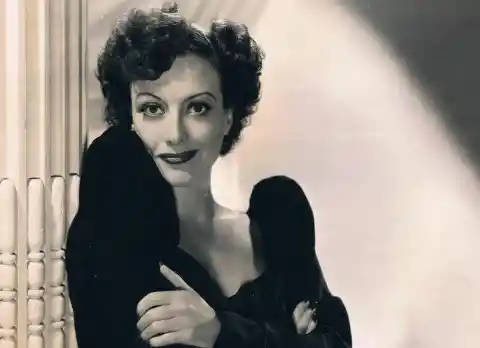
One rumor that circulated at the time was about her being bisexual. People started asking questions about the relationships she was said to have had with other women. She never publicly "came out," but it was rumored that she dated many women in addition to men.
Starring in Adult Movies
There’s one movie that Crawford probably didn’t want everyone to know about—though her career officially began in 1924, she worked on a small “seedy” underground project before becoming the actress she eventually became.
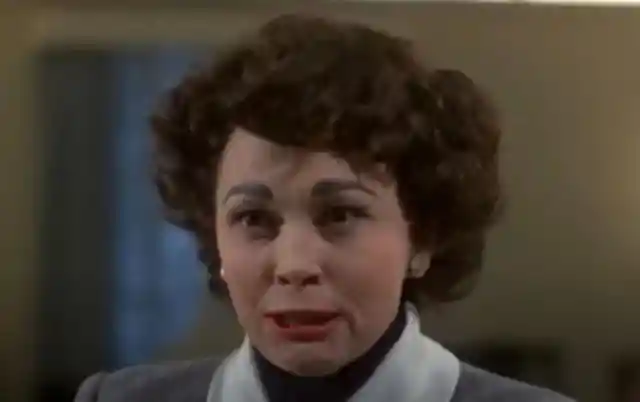
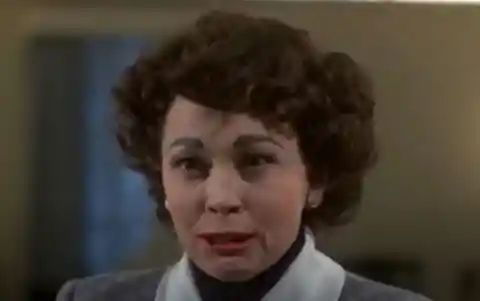
Her first ever on-screen role was in the softcore adult movie The Casting Couch. According to the rumor, she made this film in a moment of financial desperation. She was terrified of the secret coming out, so much so that she spent a small fortune buying up all available copies.
Her Cause of Death
Crawford finally passed away on May 10, 1977. She was found alone in her apartment. Many people speculated about the real reason for her death, but officials said it was caused by a heart condition called acute coronary occlusion.
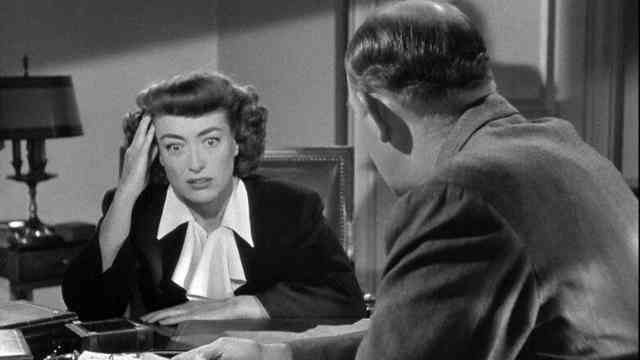
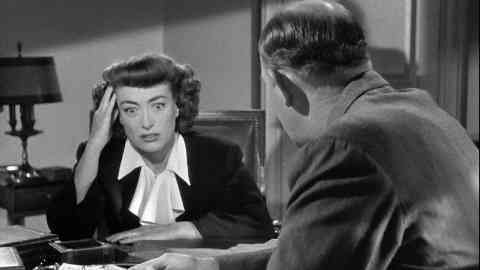
Still, many people were not satisfied with that answer. Later, the actress's friend came up and claimed that Crawford's feelings of abandonment from her four children, loneliness, and despair were only made worse by her alcoholism and cancer diagnosis, which all, in turn, led to her death.
Crawford's Net Worth
With all the hardships and controversies going on throughout Crawford's life, she still managed to attain a level of fame that most people could only dream about. Her dedication to becoming a star paid off, but the road to success was so rough that she barely survived.
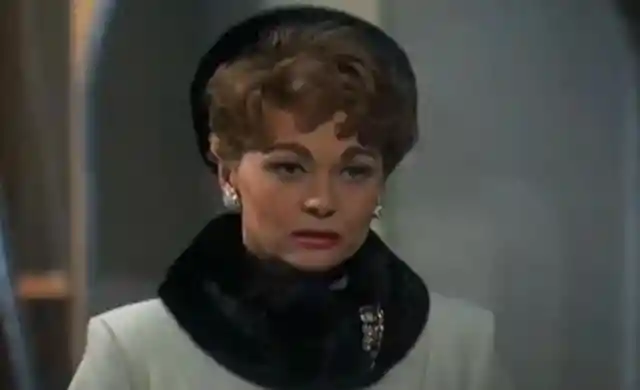
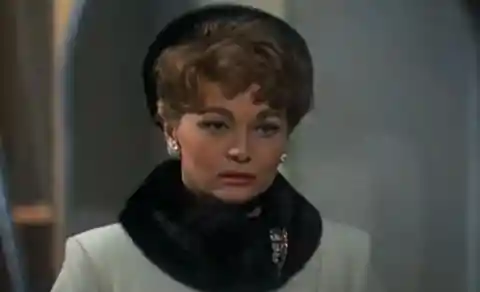
She started her career by earning 75 dollars a week with MGM (about $1,300 today). Eventually, she was able to sign a $500,000 three-film deal with Warner Bros., and the rest, as they say, is history. Her net worth at the time she died was about 8.5 million dollars.
How Many Lovers Did Crawford Have?
Well, if you lost count of how many lovers and marriages Crawford had, it’s quite understandable. Crawford was married four times, but she had multiple lovers in between that, which makes the counting a little complicated.
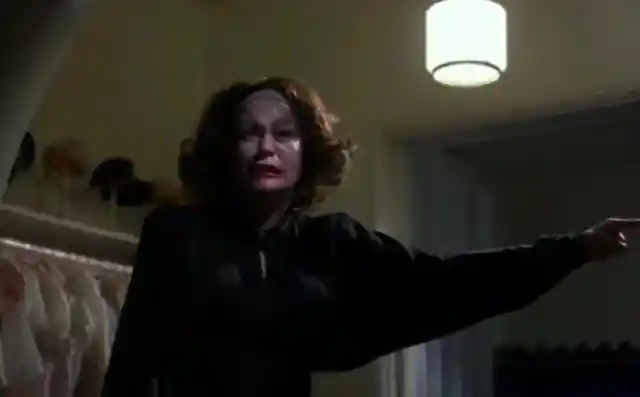
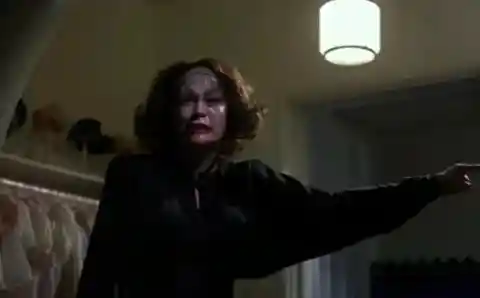
Her first marriage was with Douglas Fairbanks, Jr., followed by Franchot Tone, then Phillip Terry, and Alfred Steele. Yes, she married again after Phillip Terry, but this time they were separated, not because of divorce, but because Alfred died in 1959.
Her Last Marriage with Alfred Steele
Joan Crawford's last marriage was by far her happiest one. We are happy that she found a man who will love her immensely. It took her a lot of heartache and pain to finally settle with someone who would treat her the right way.
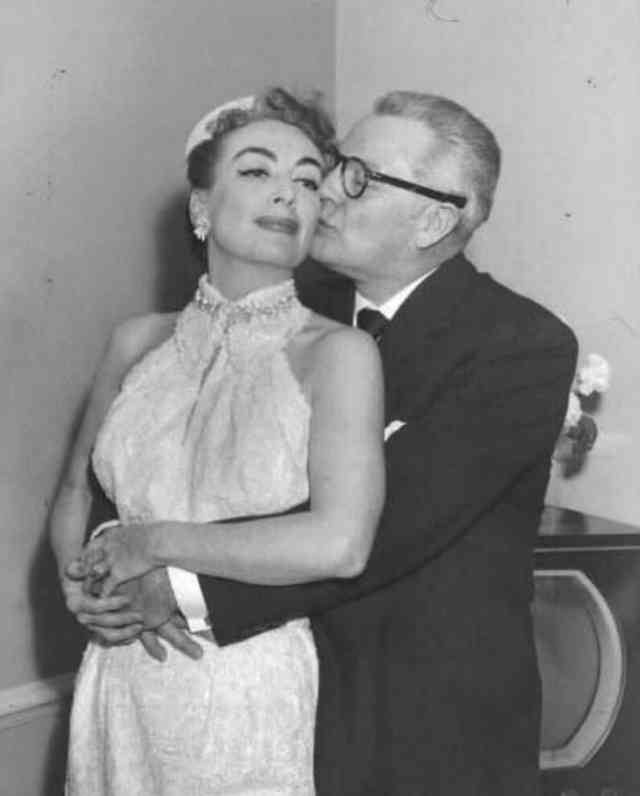
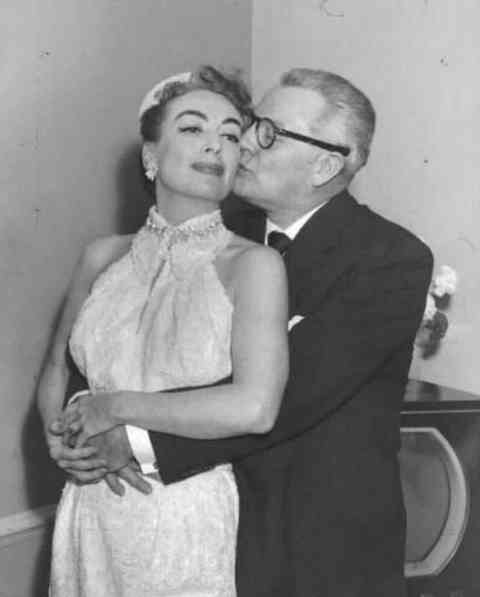
She got married to Alfred Steele, the CEO of Pepsi-Cola at the time. The couple got married in a private ceremony in Las Vegas, but unfortunately, Steele's untimely death in 1959 at the age of 58 ended her happiness prematurely.
Controversy Never Stops For Crawford
Even when Crawford passed away, the rumors still came looking for her. In 1978, her daughter, Christina Crawford, shared a tell-all celebrity memoir. We would say that it was the nail in the coffin for Crawford’s reputation, but that had already been long destroyed.
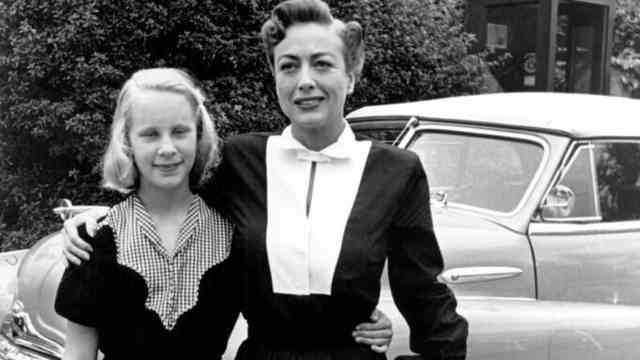
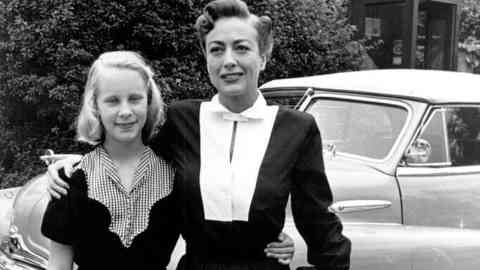
She fully exposes her mother as an abusive, cruel, and drunken woman in the book. "'You never forget that. It was up close and personal. She came this far from my face, and you could see it in her eyes. You can see if someone is trying to kill you." A chilling revelation from her daughter.